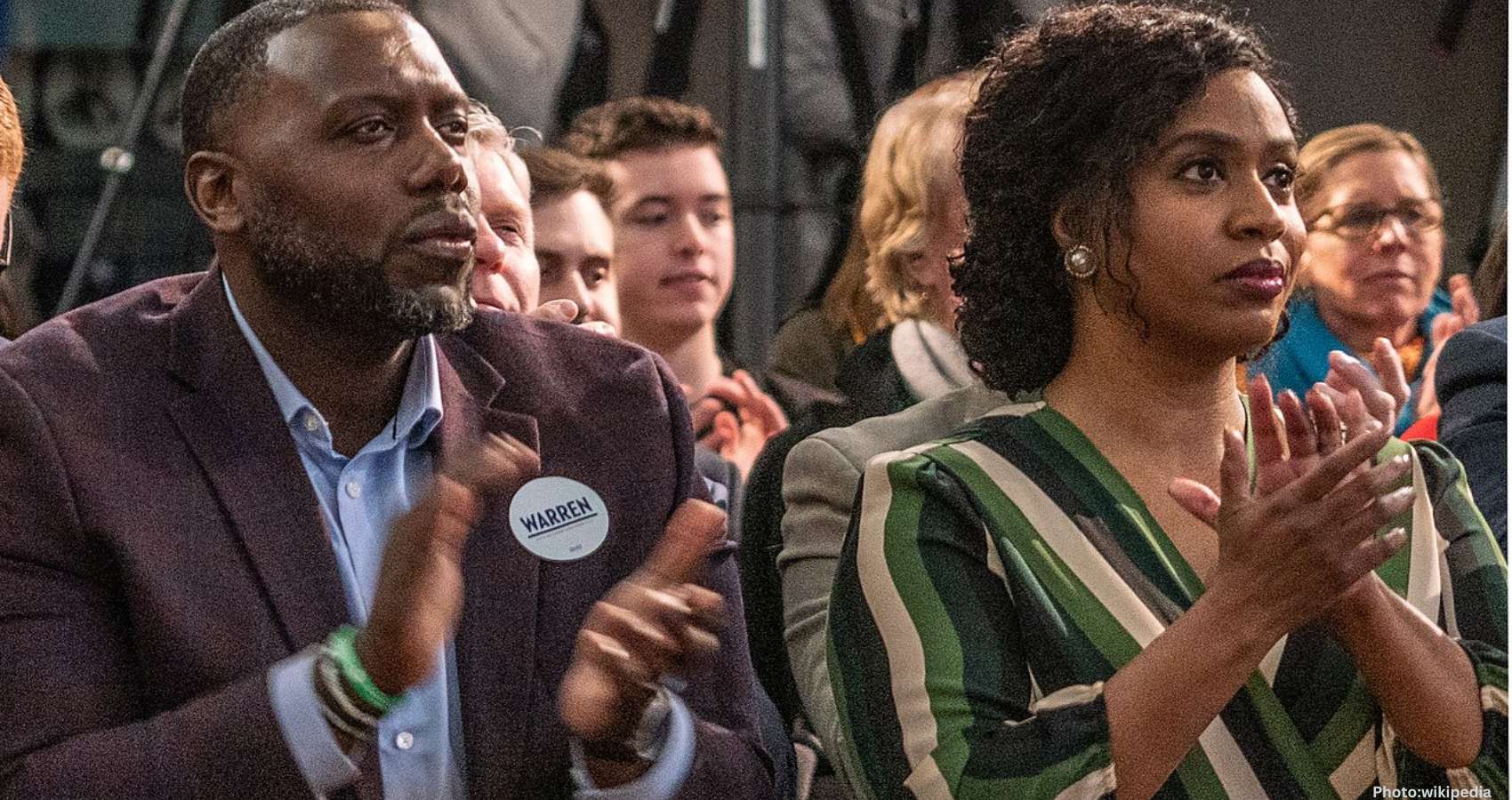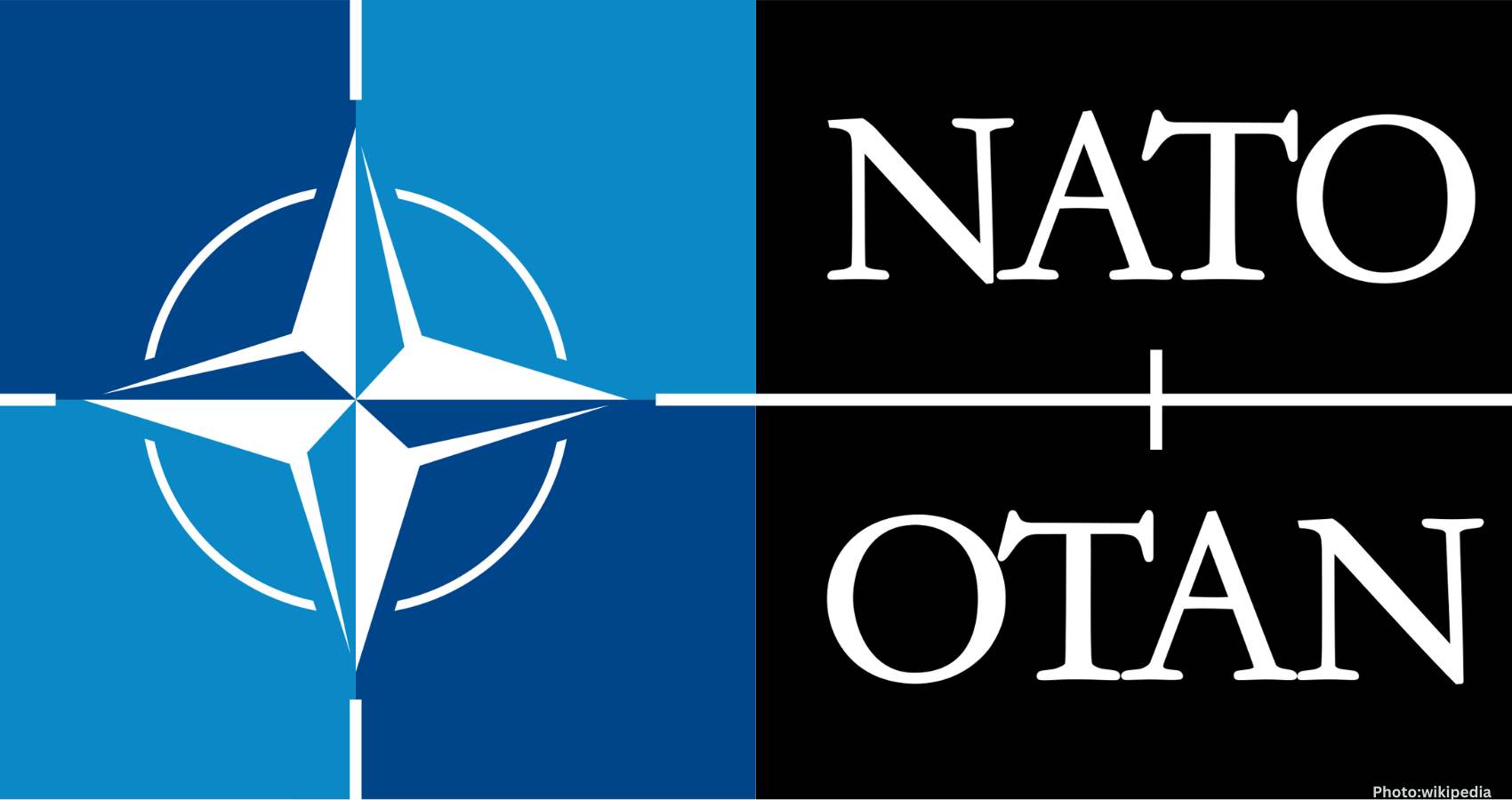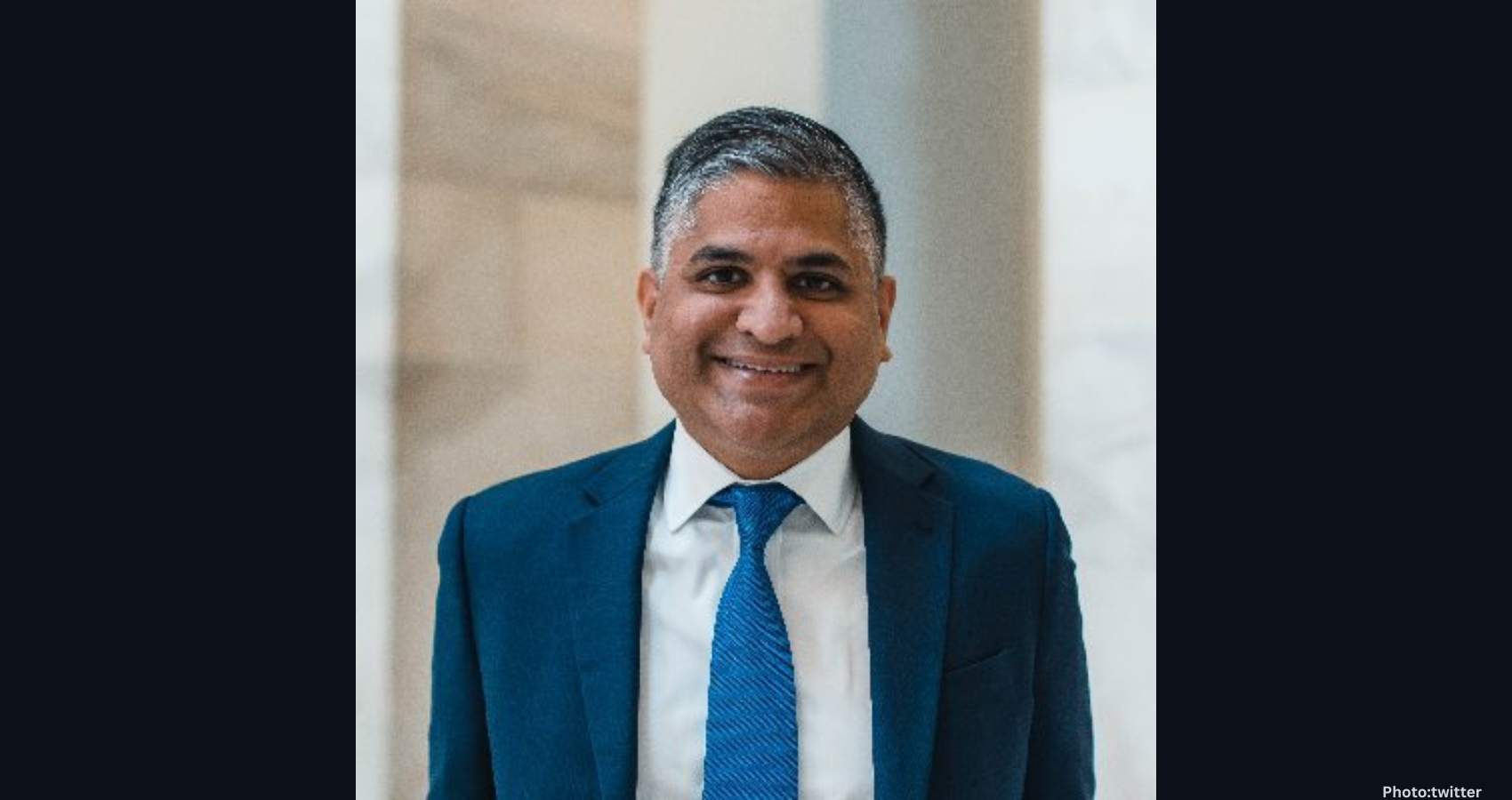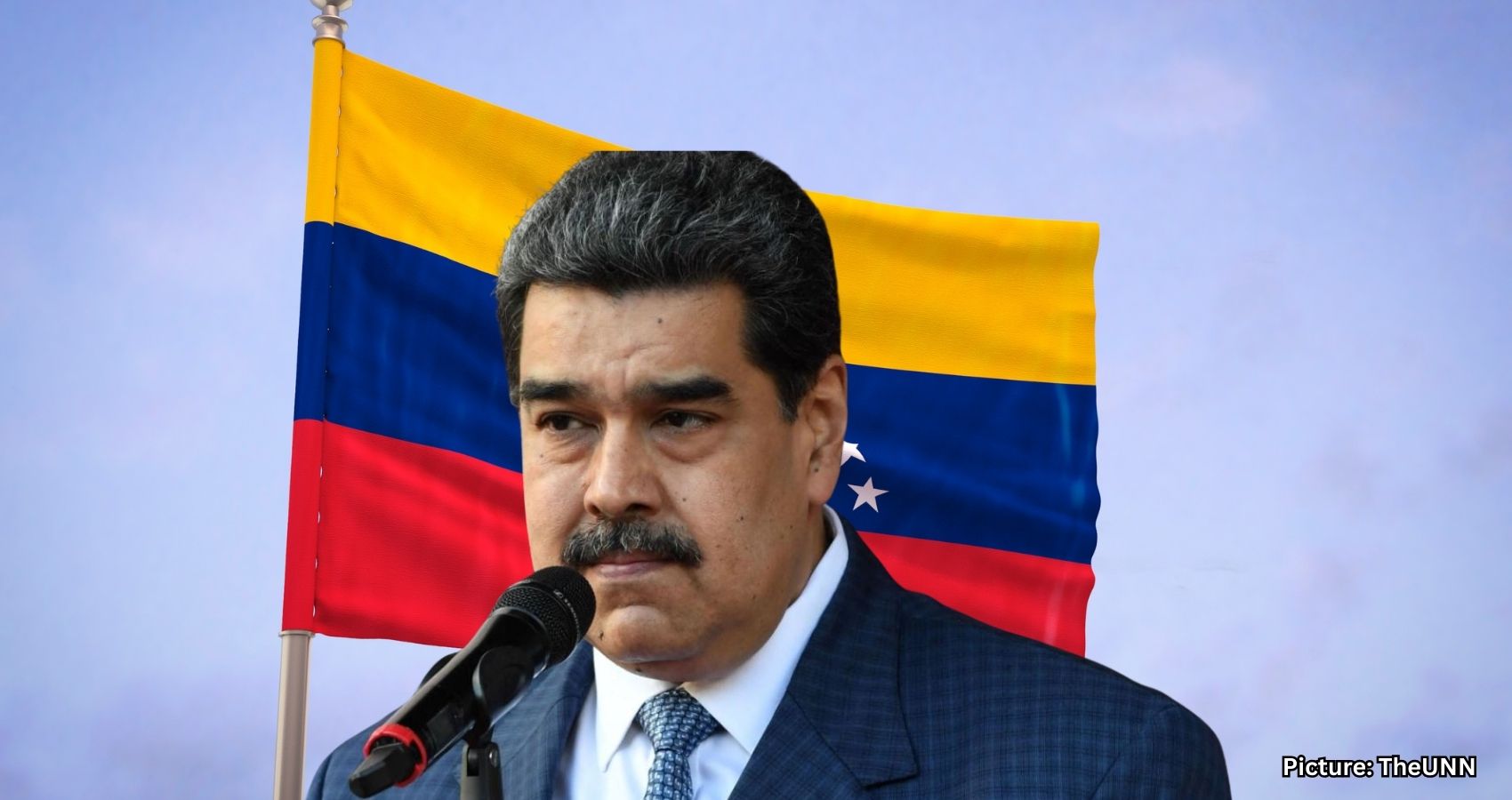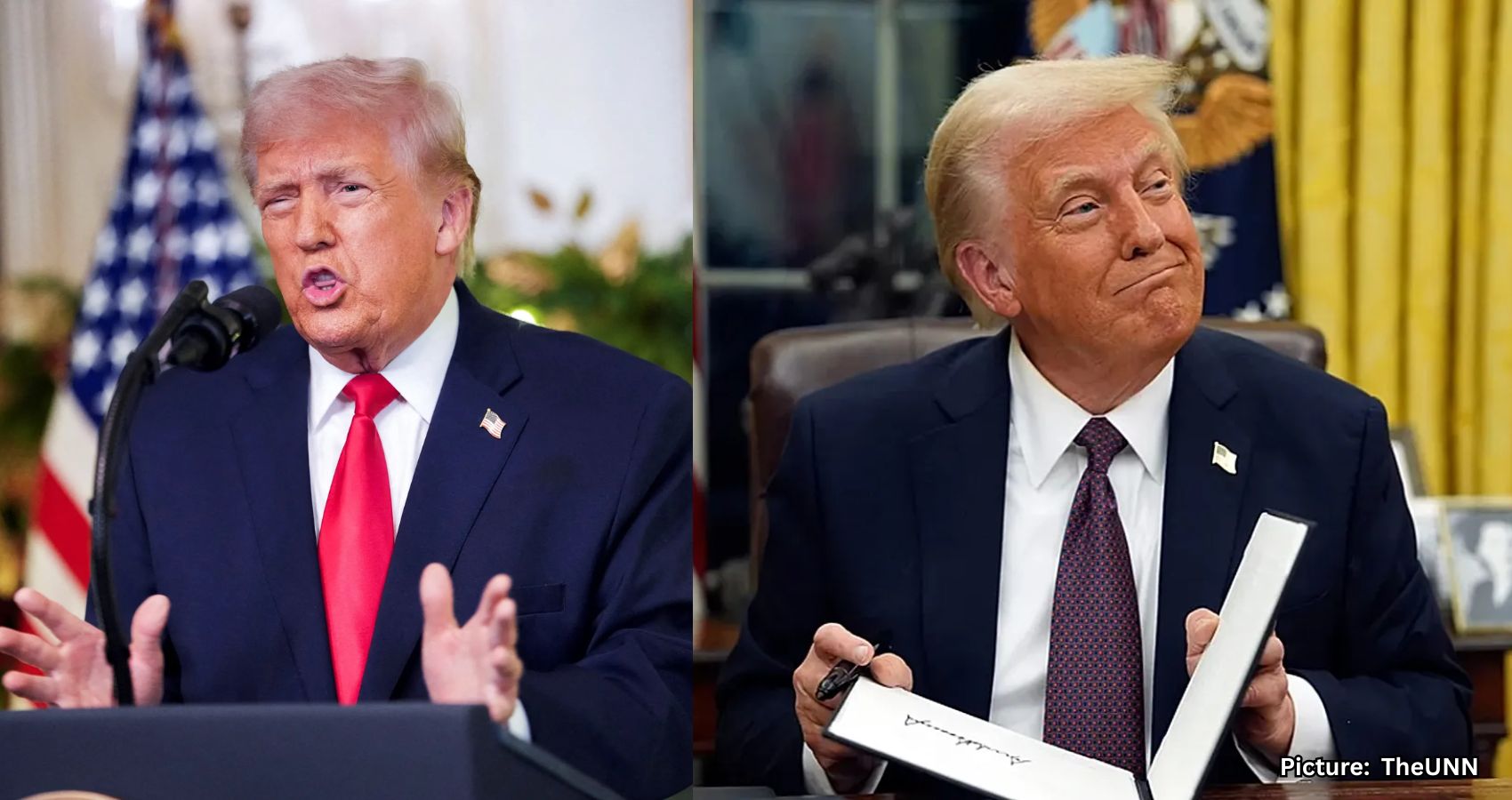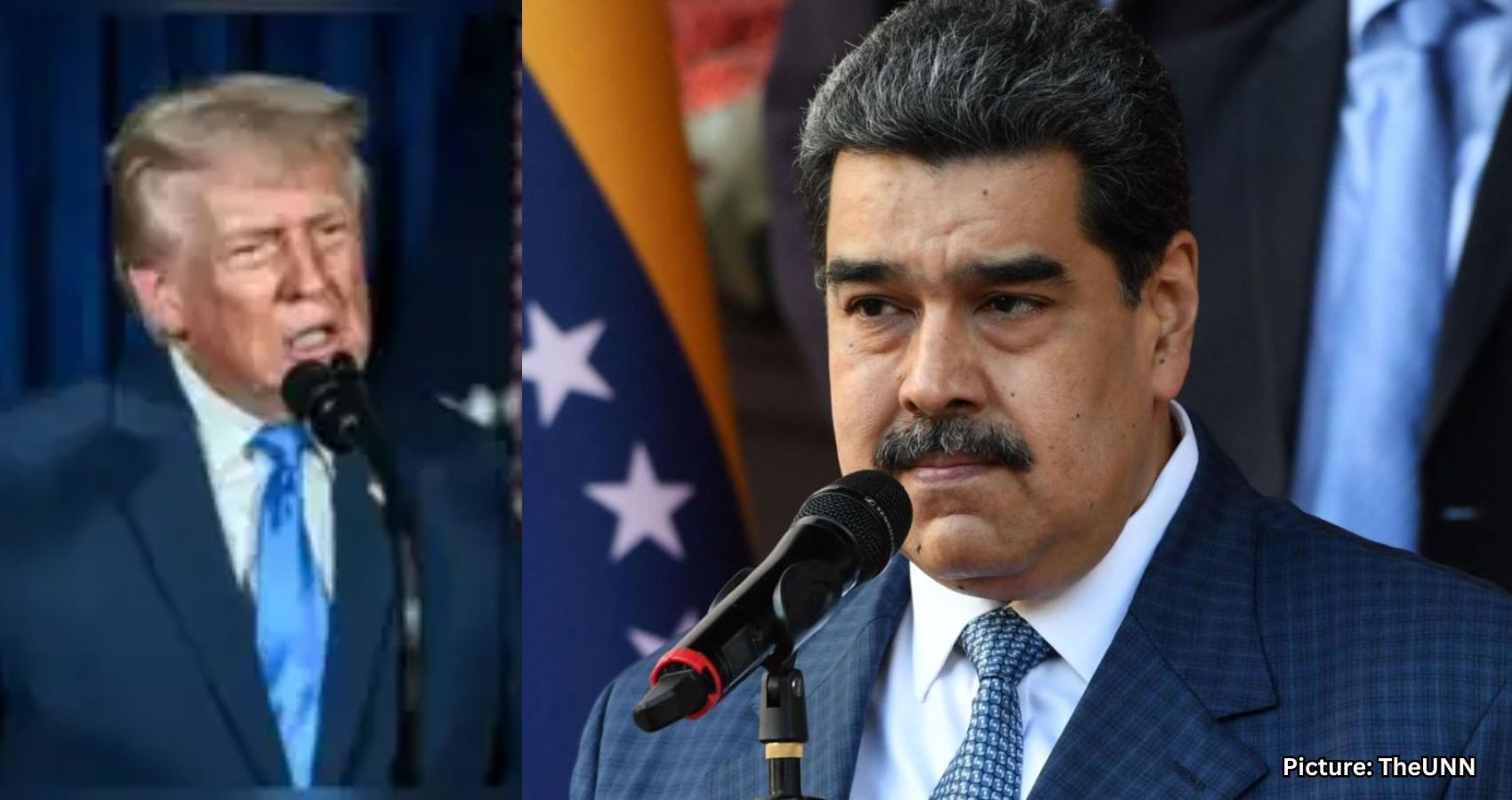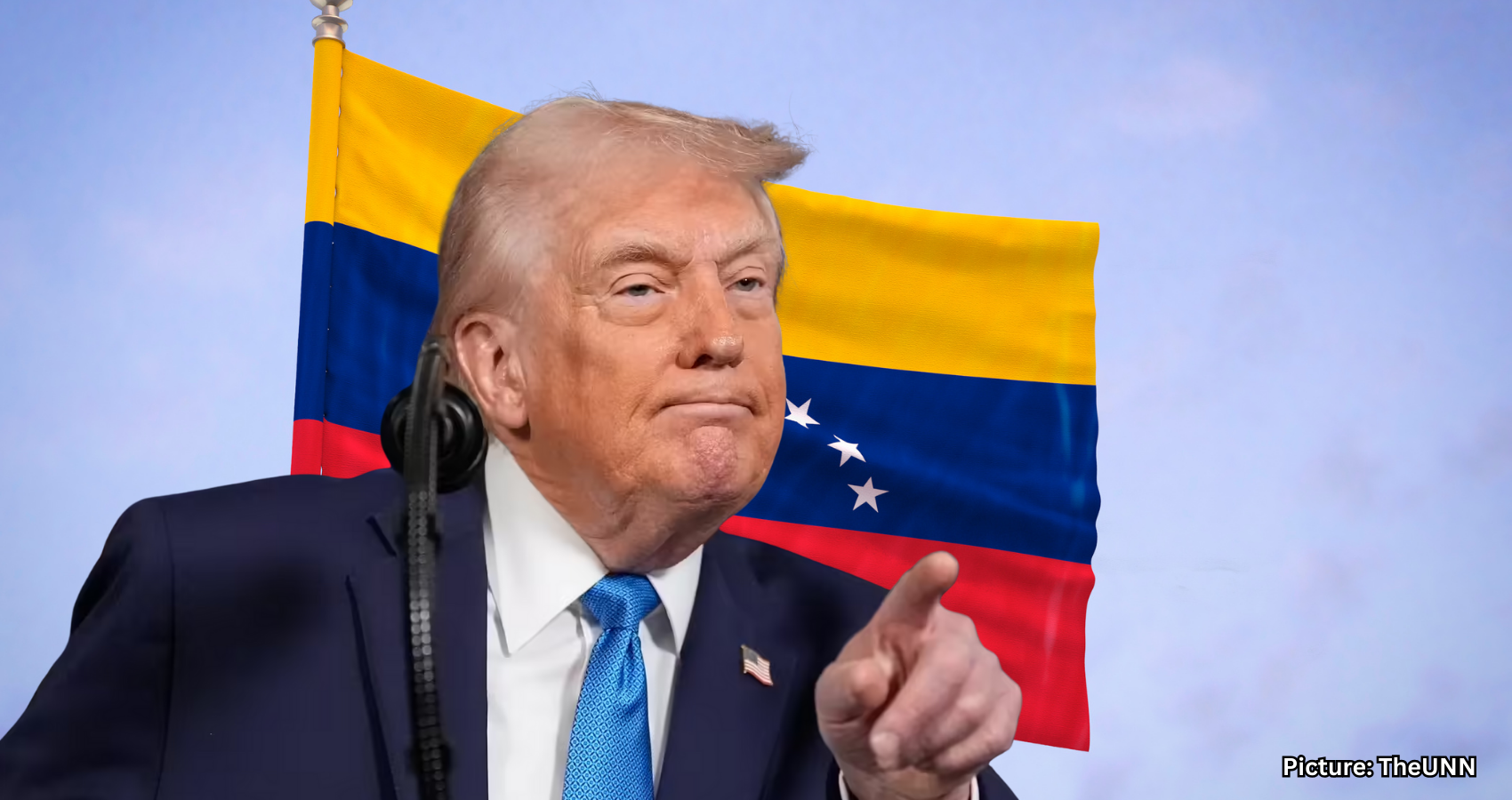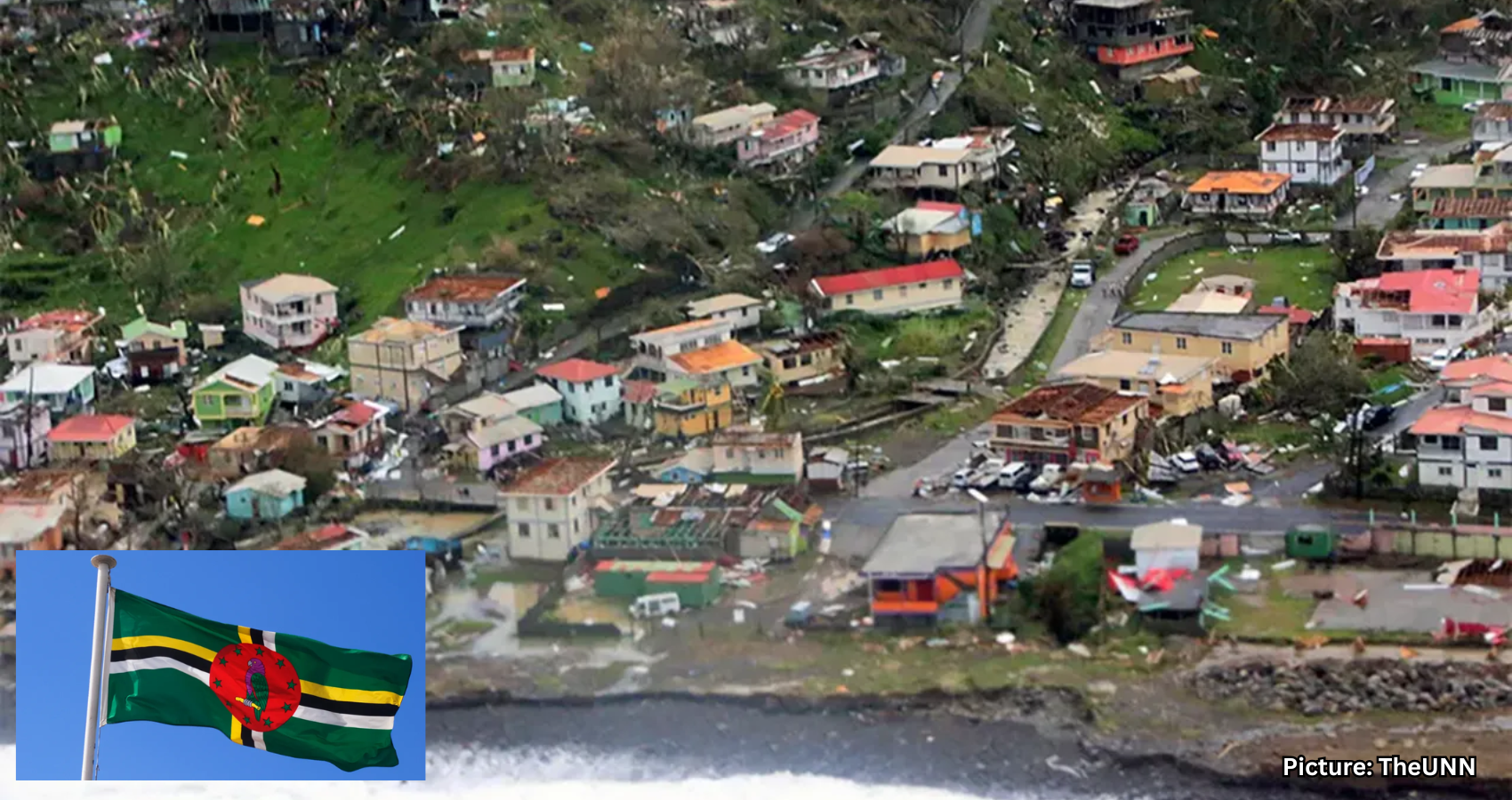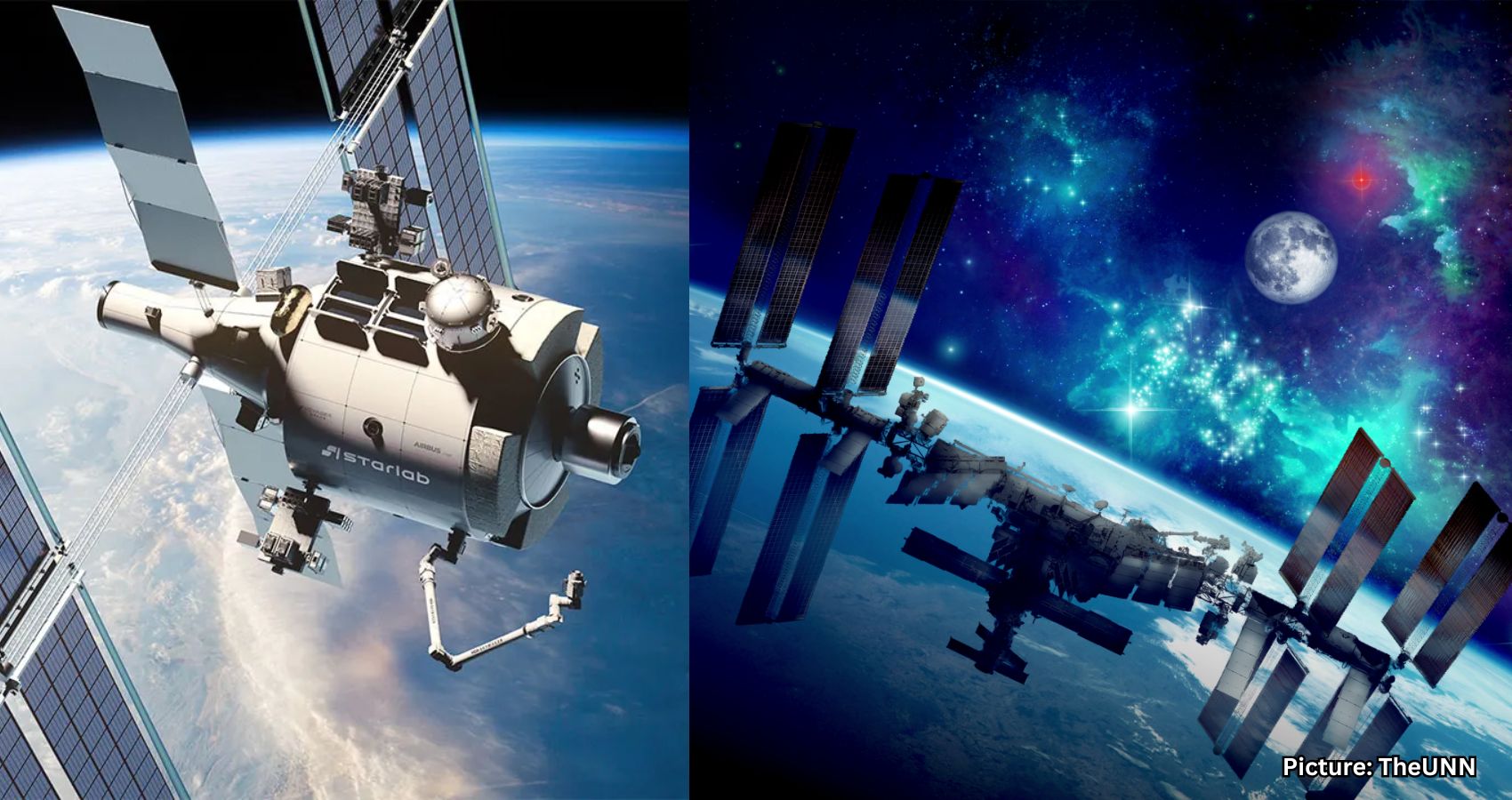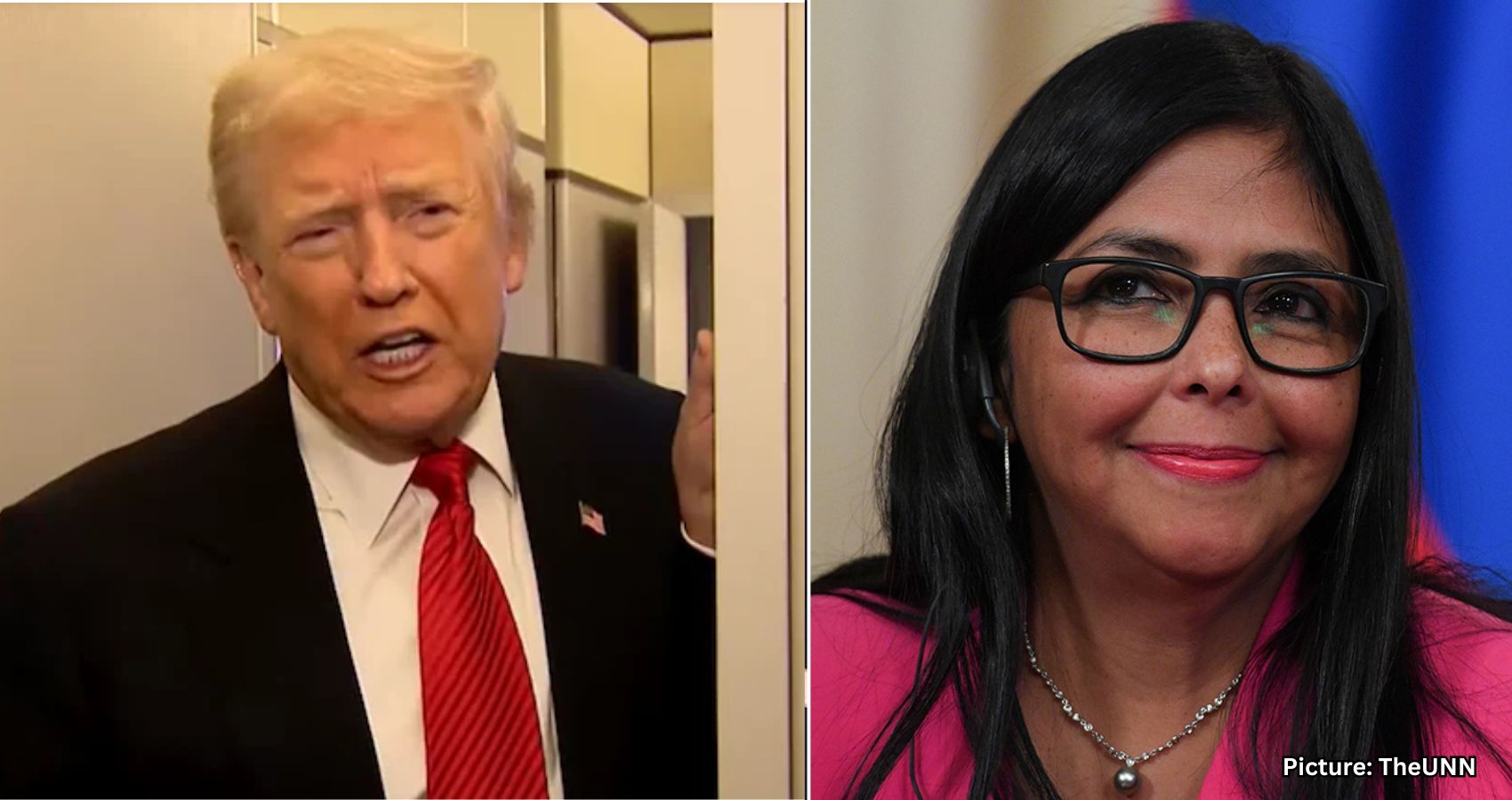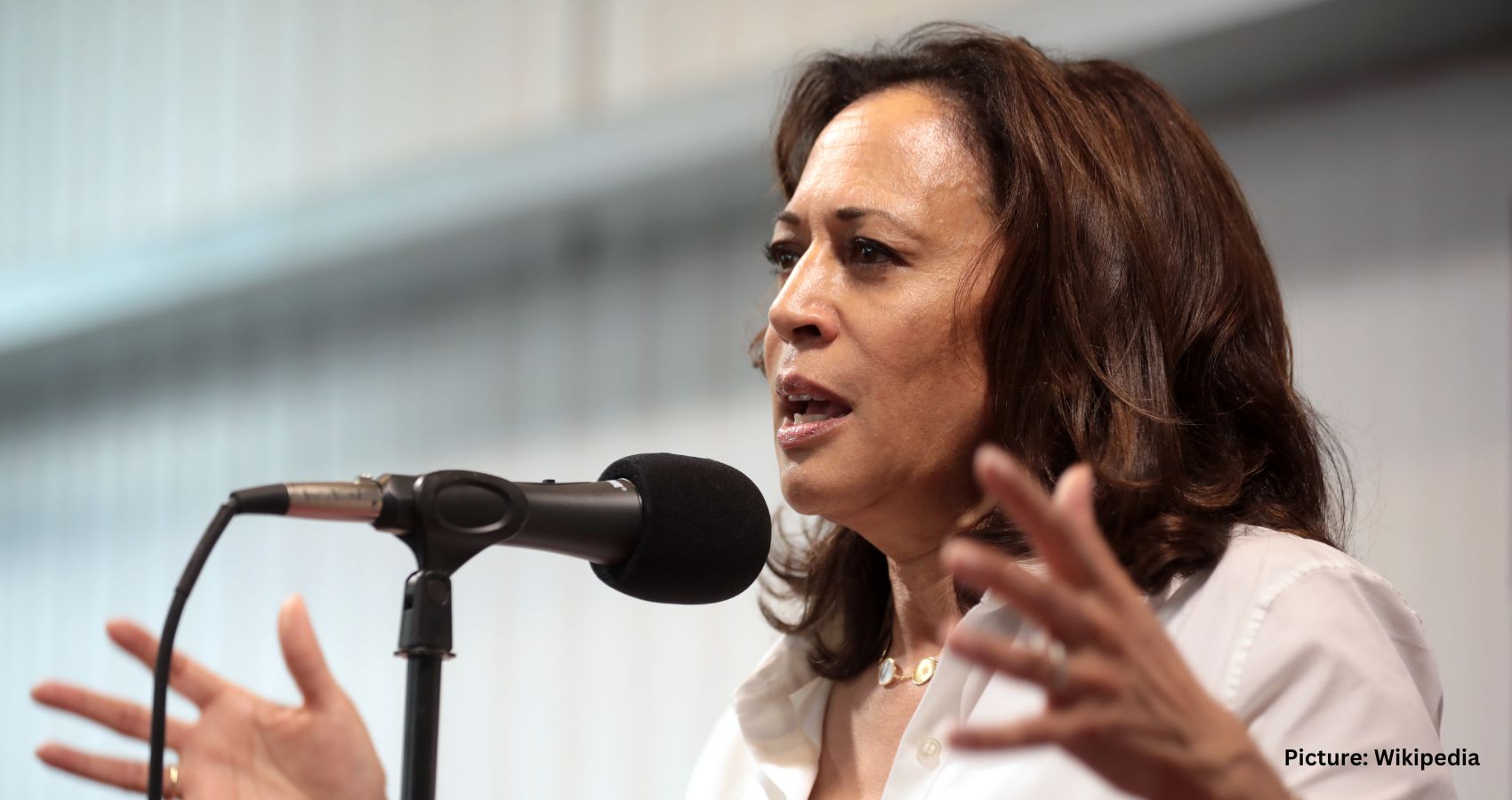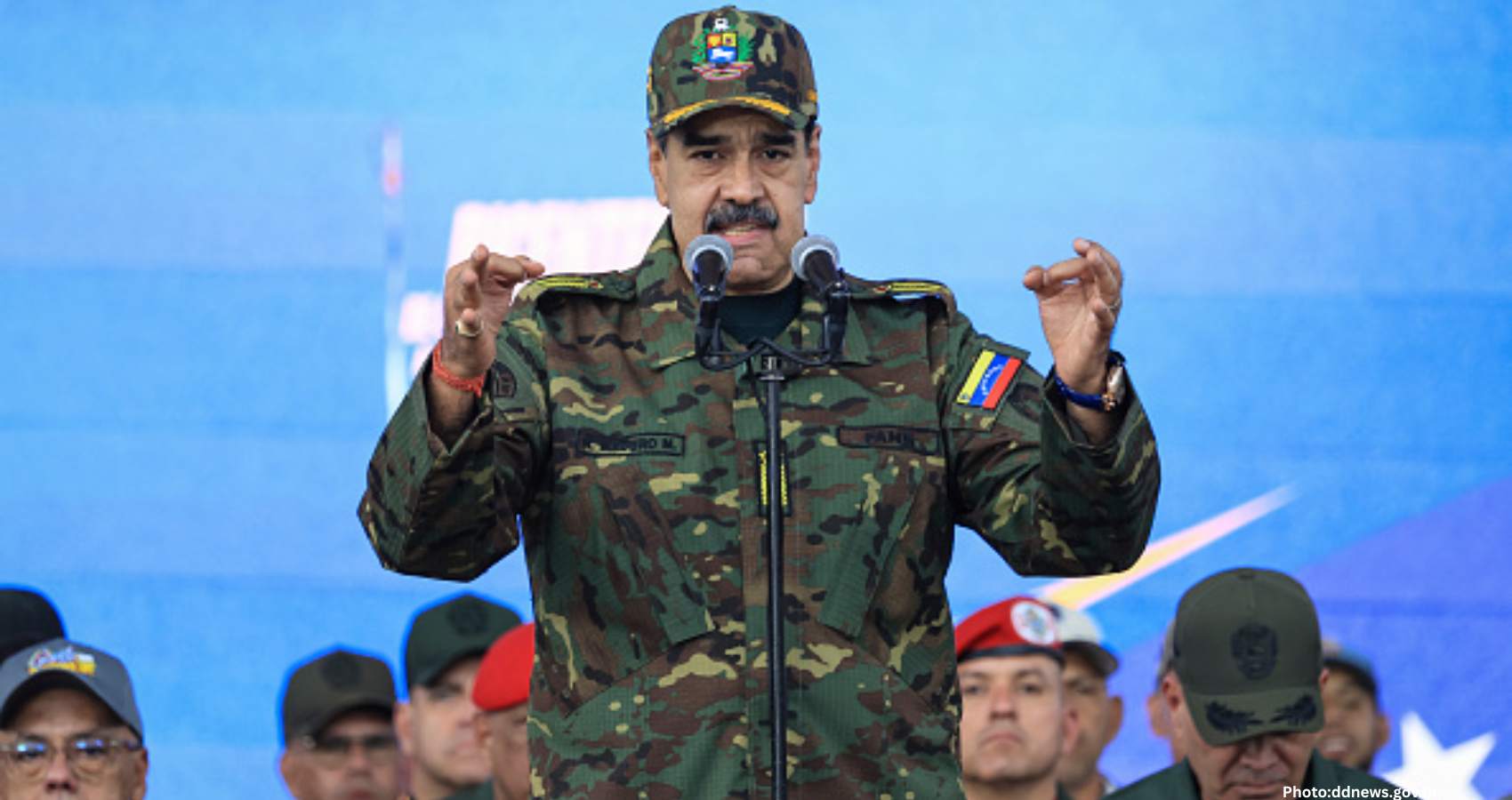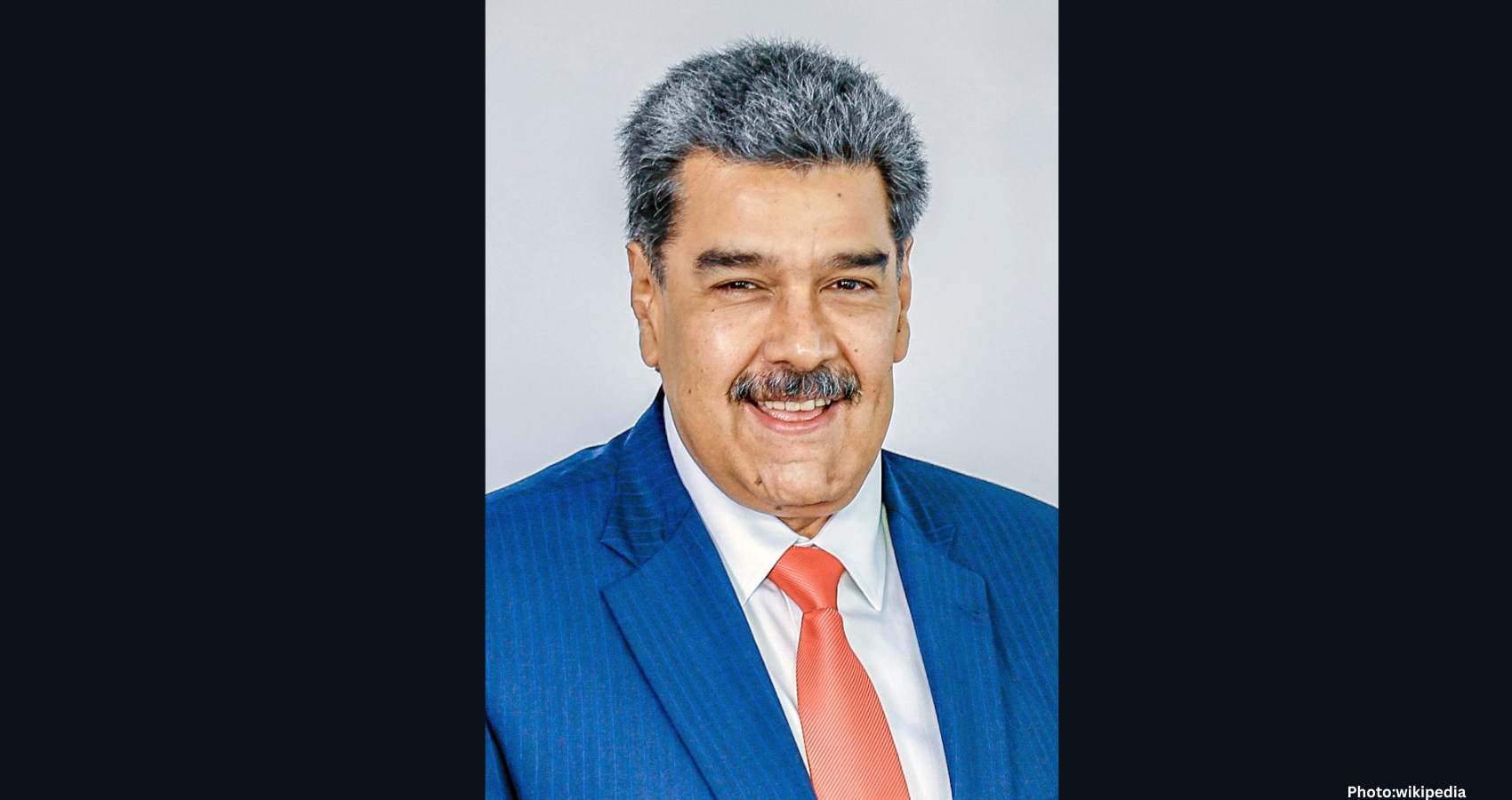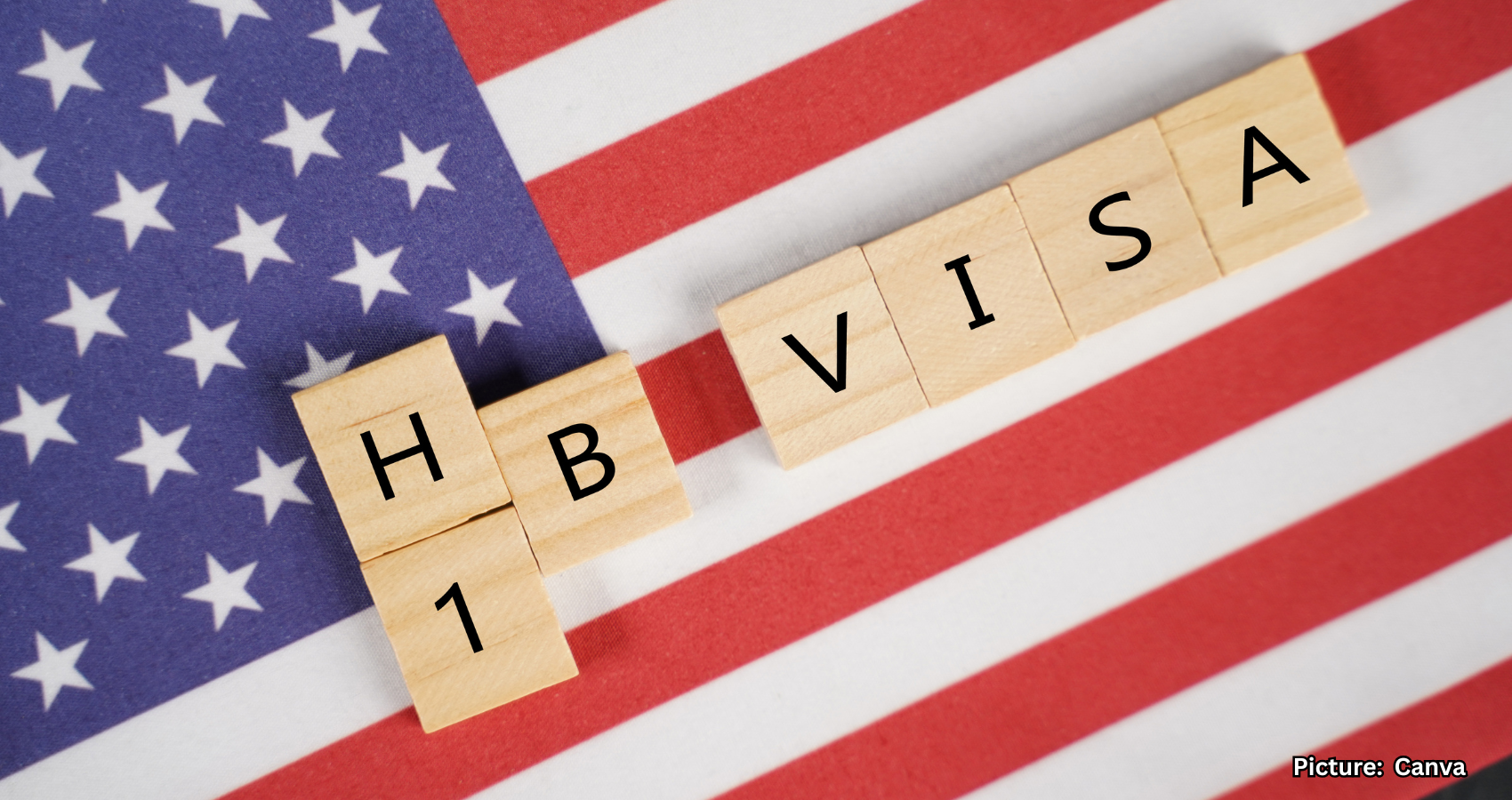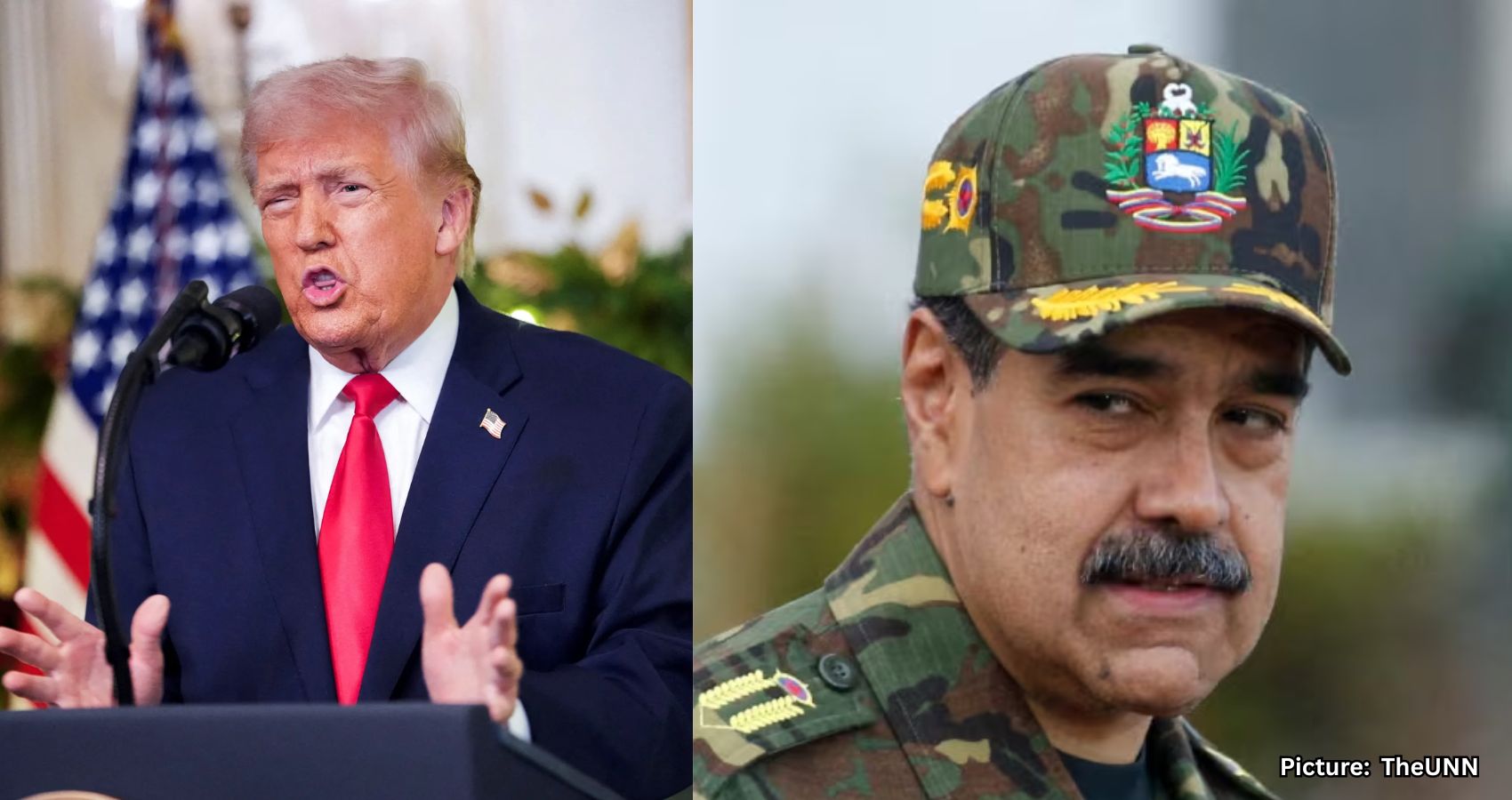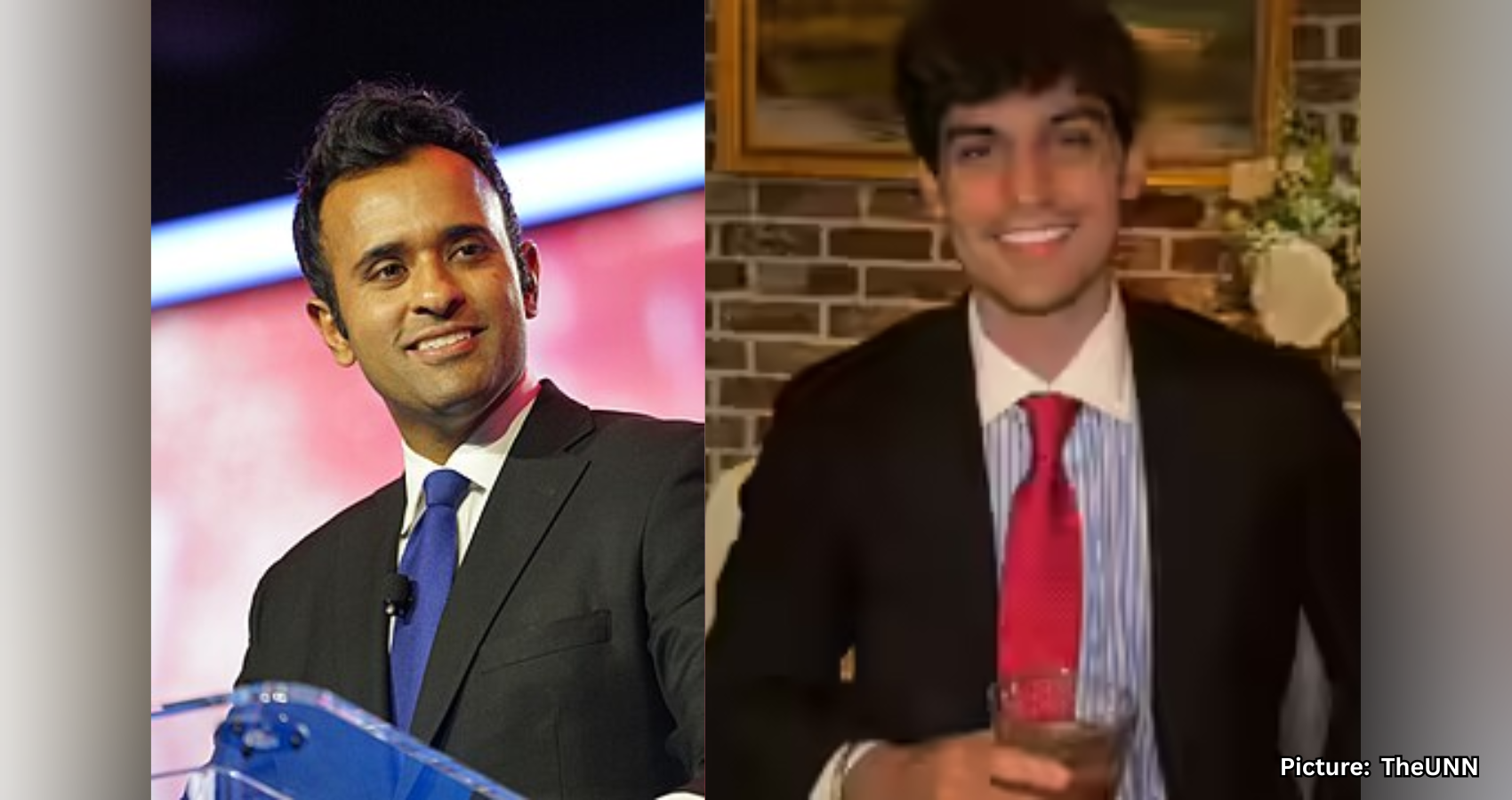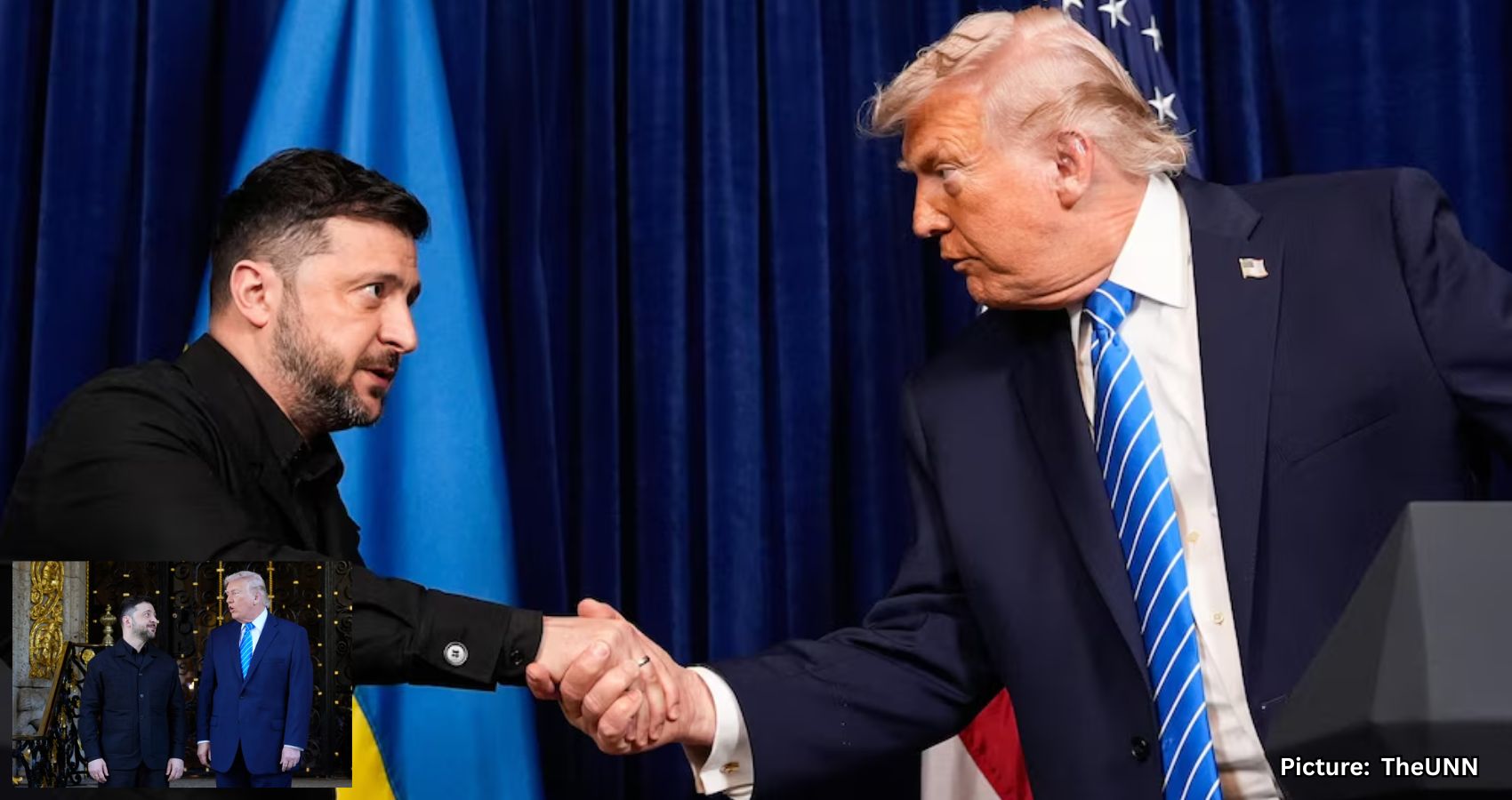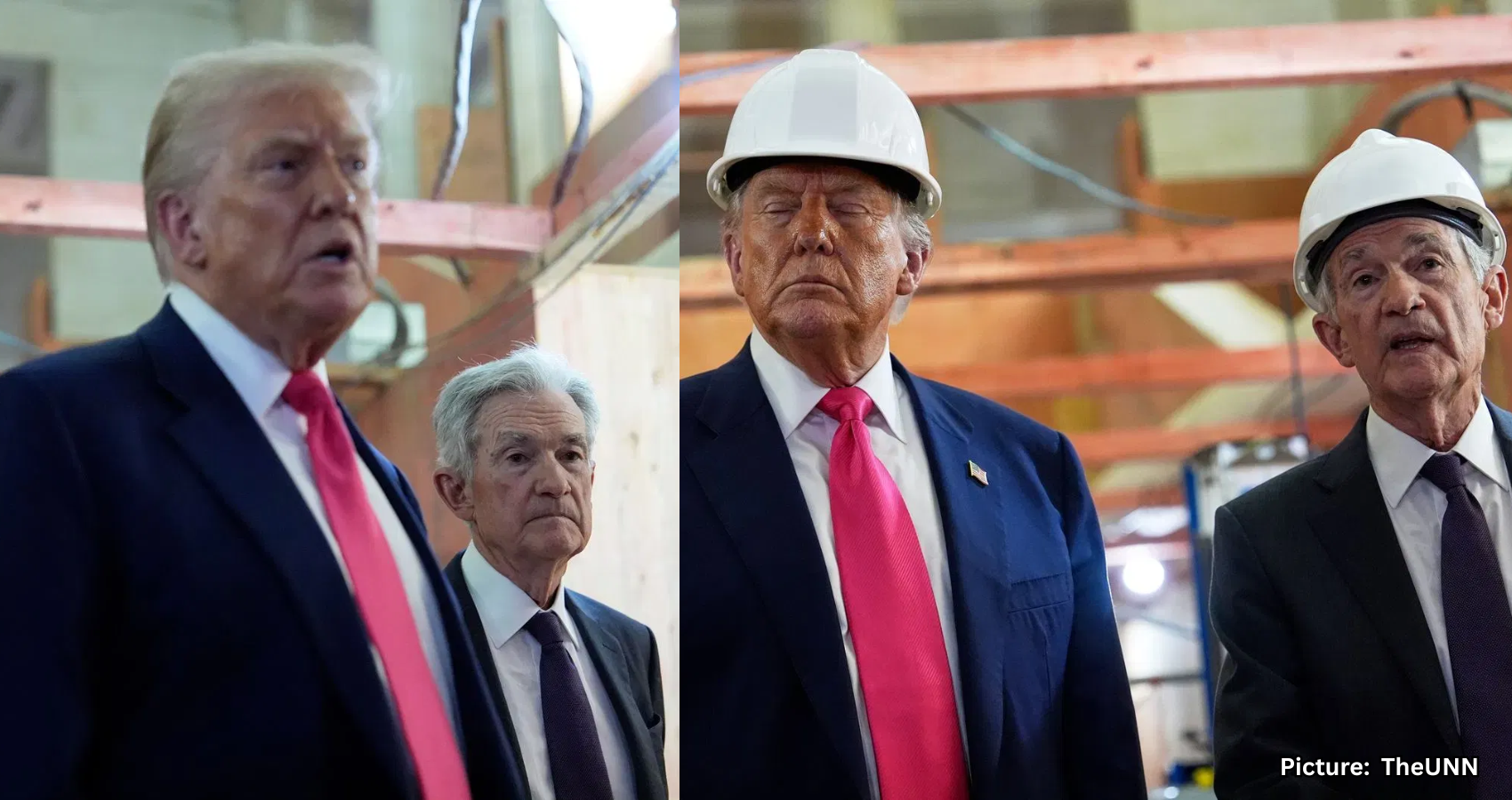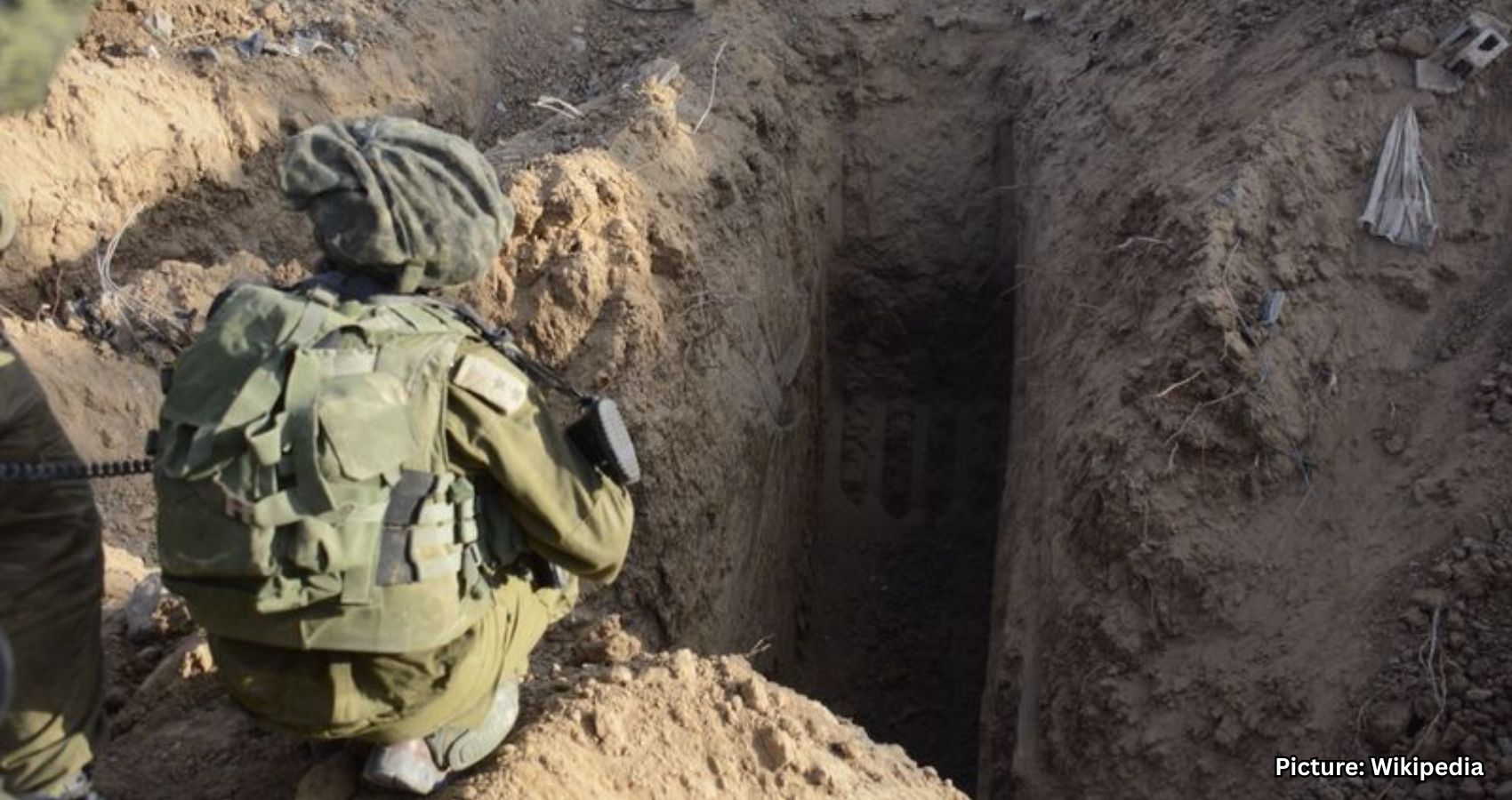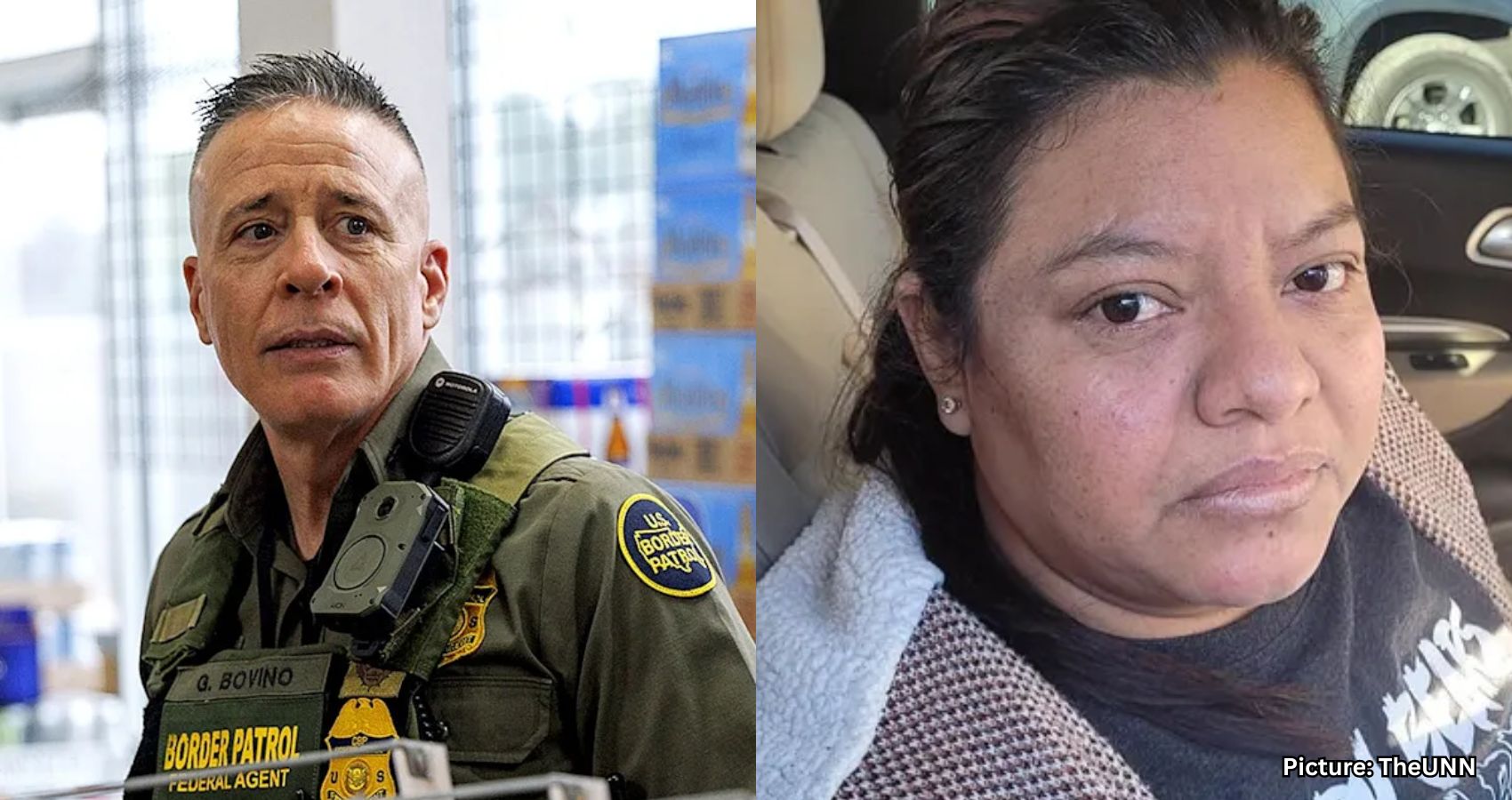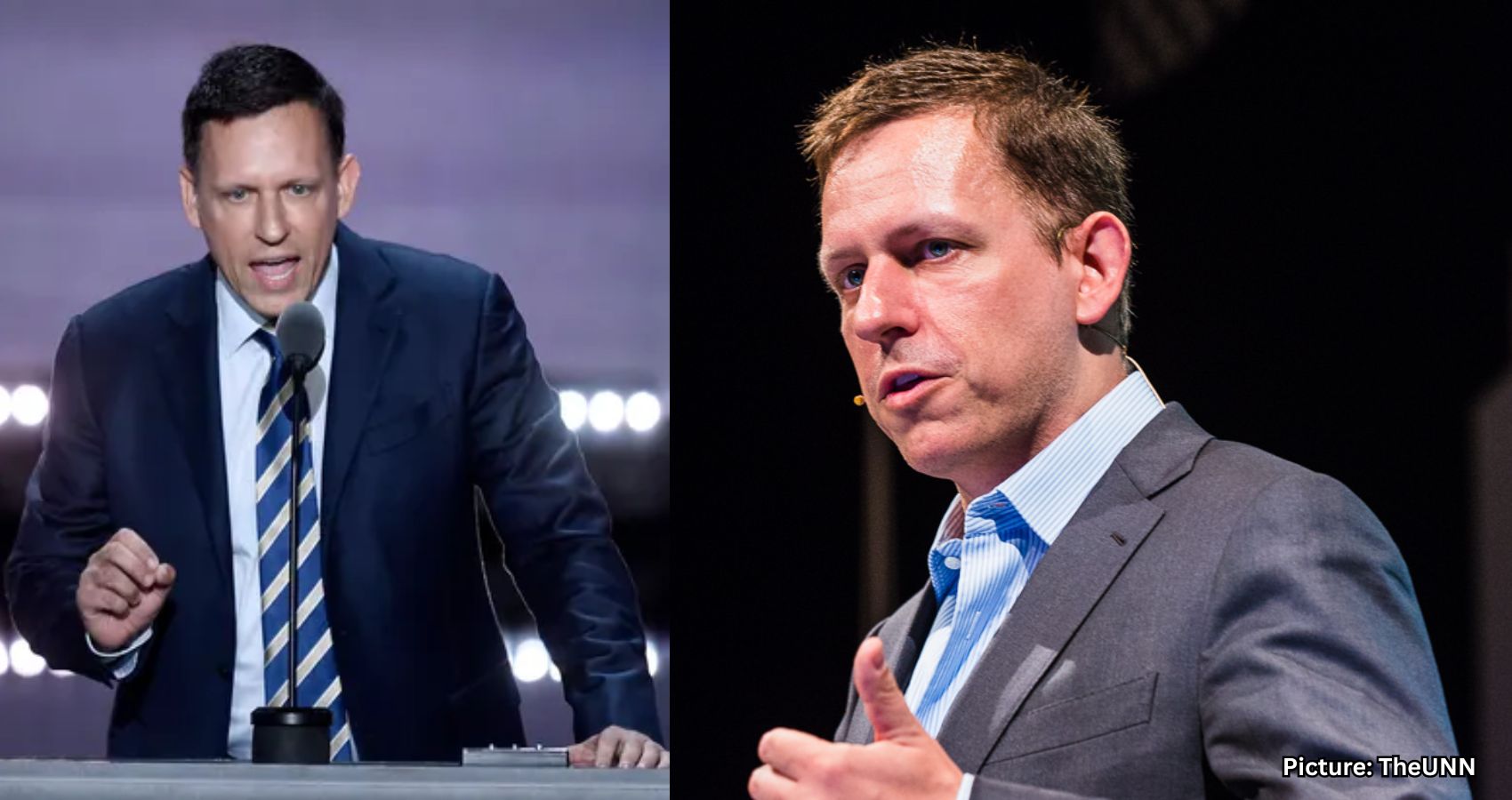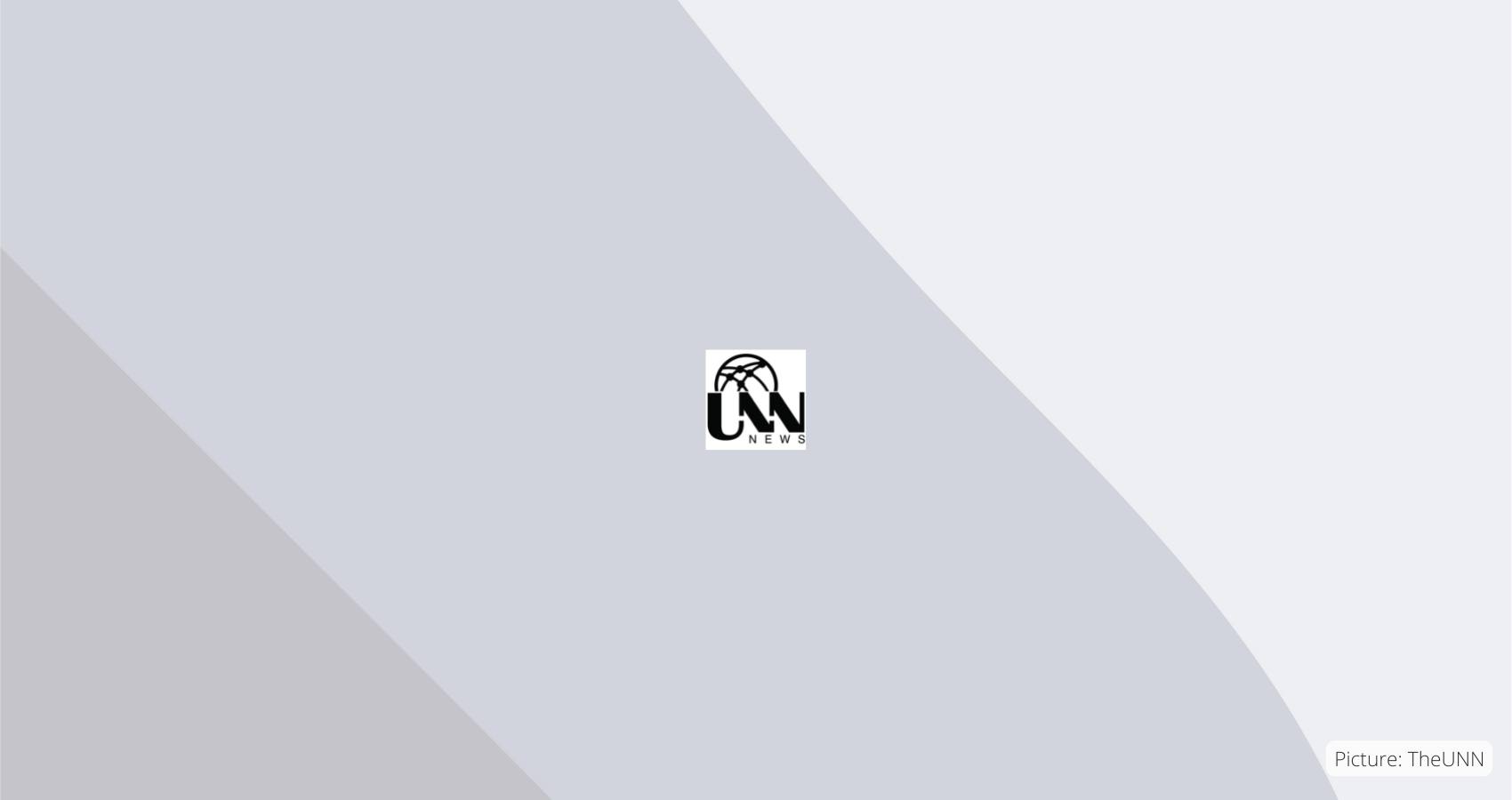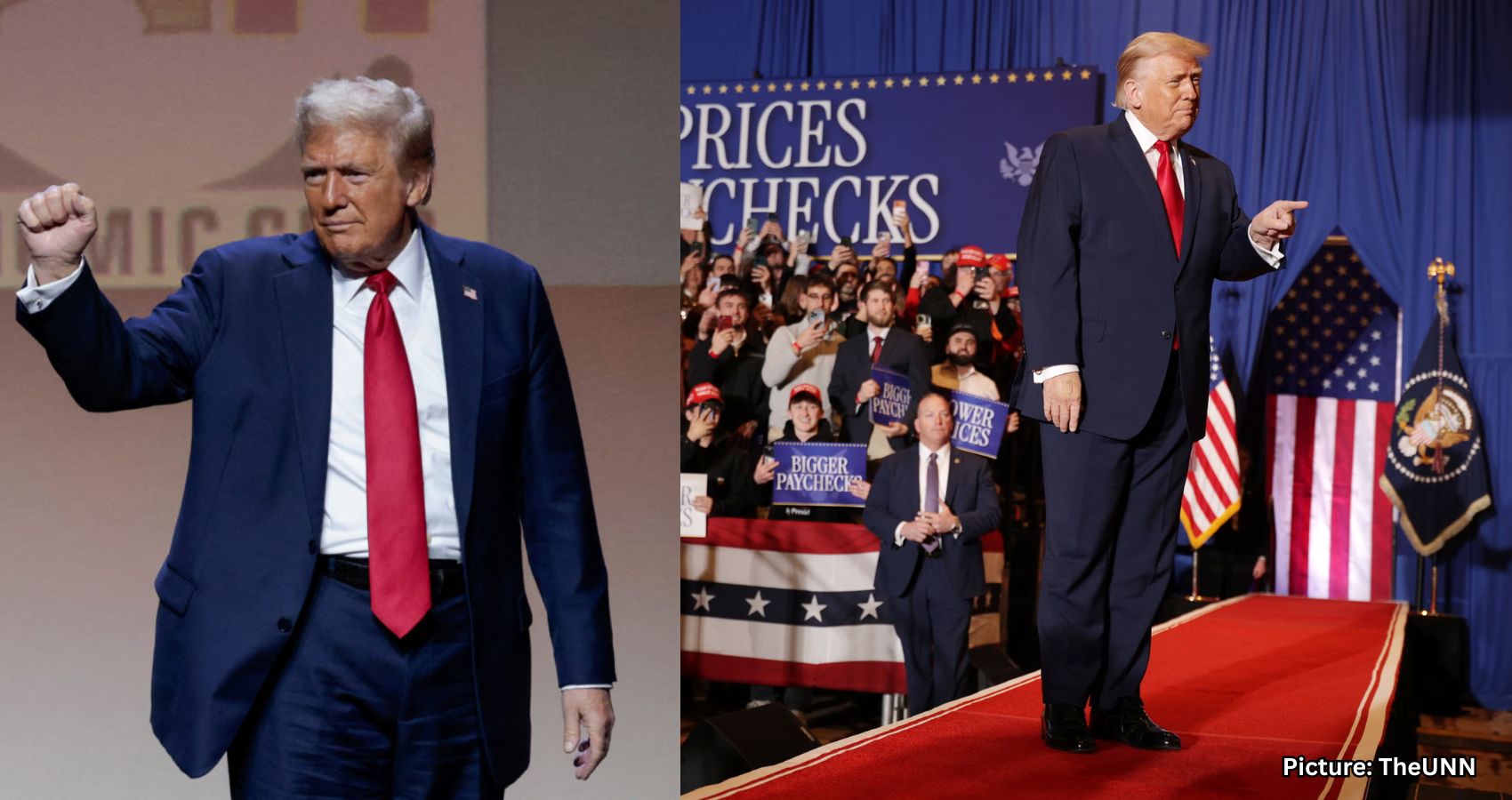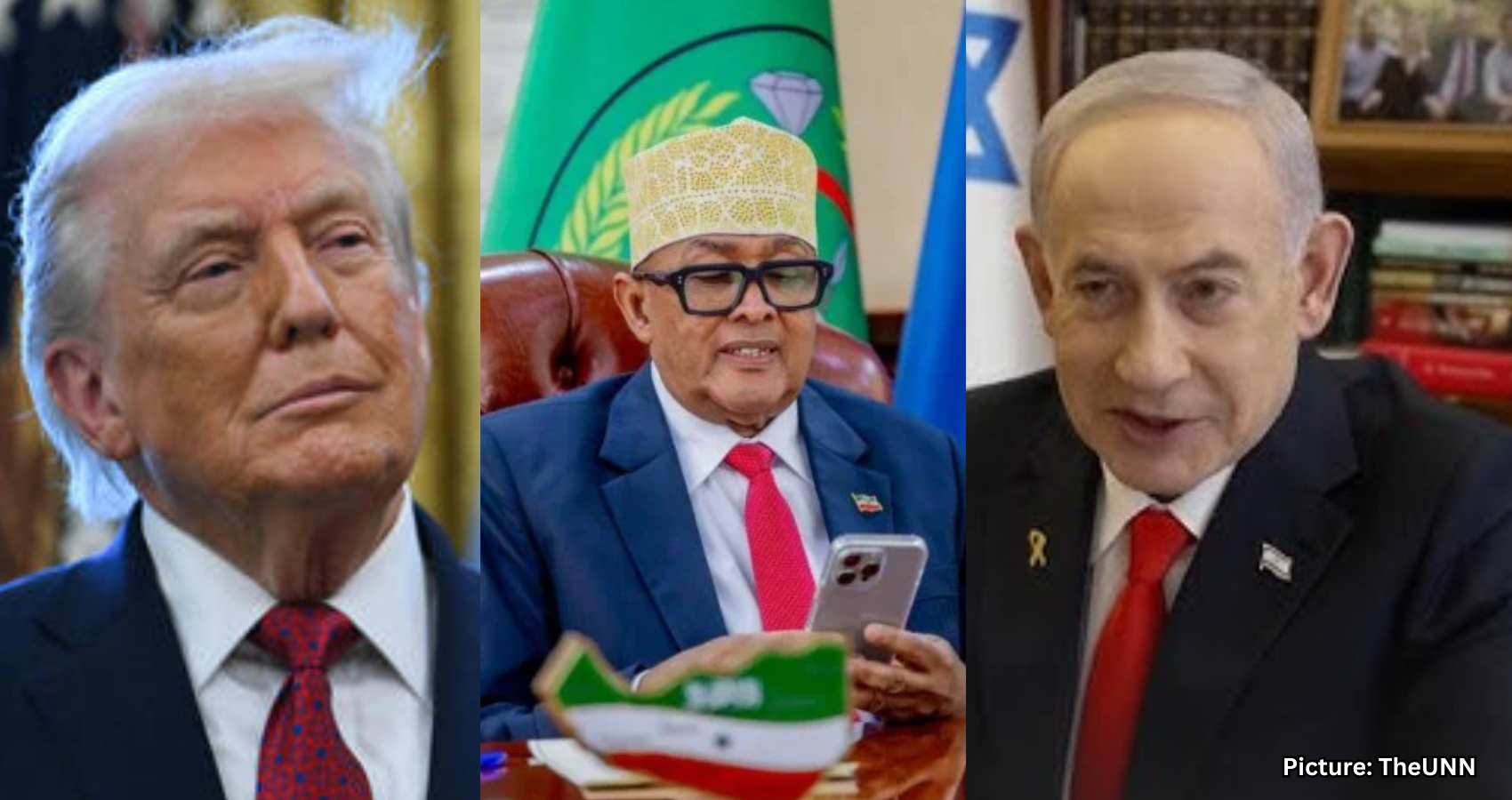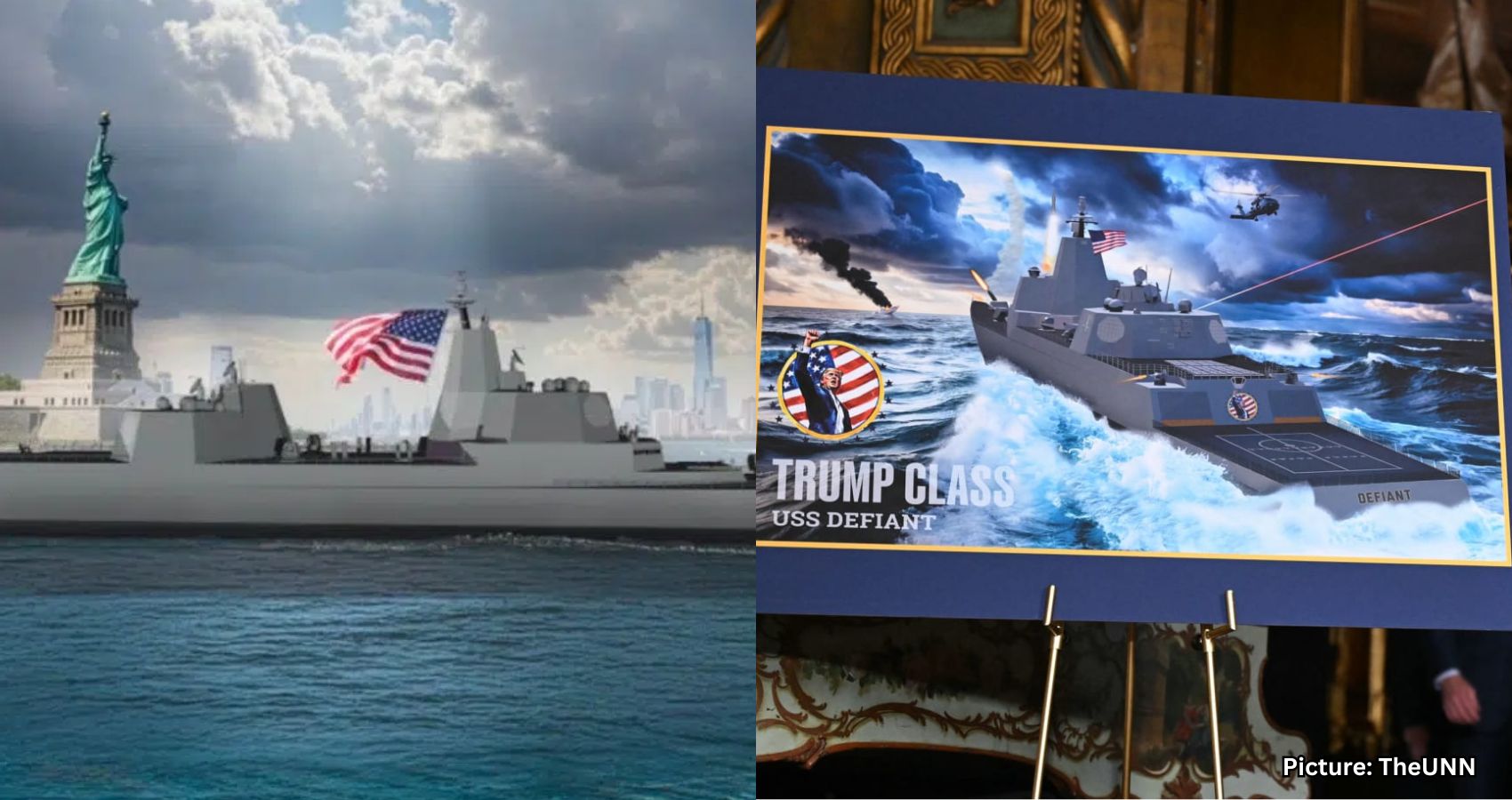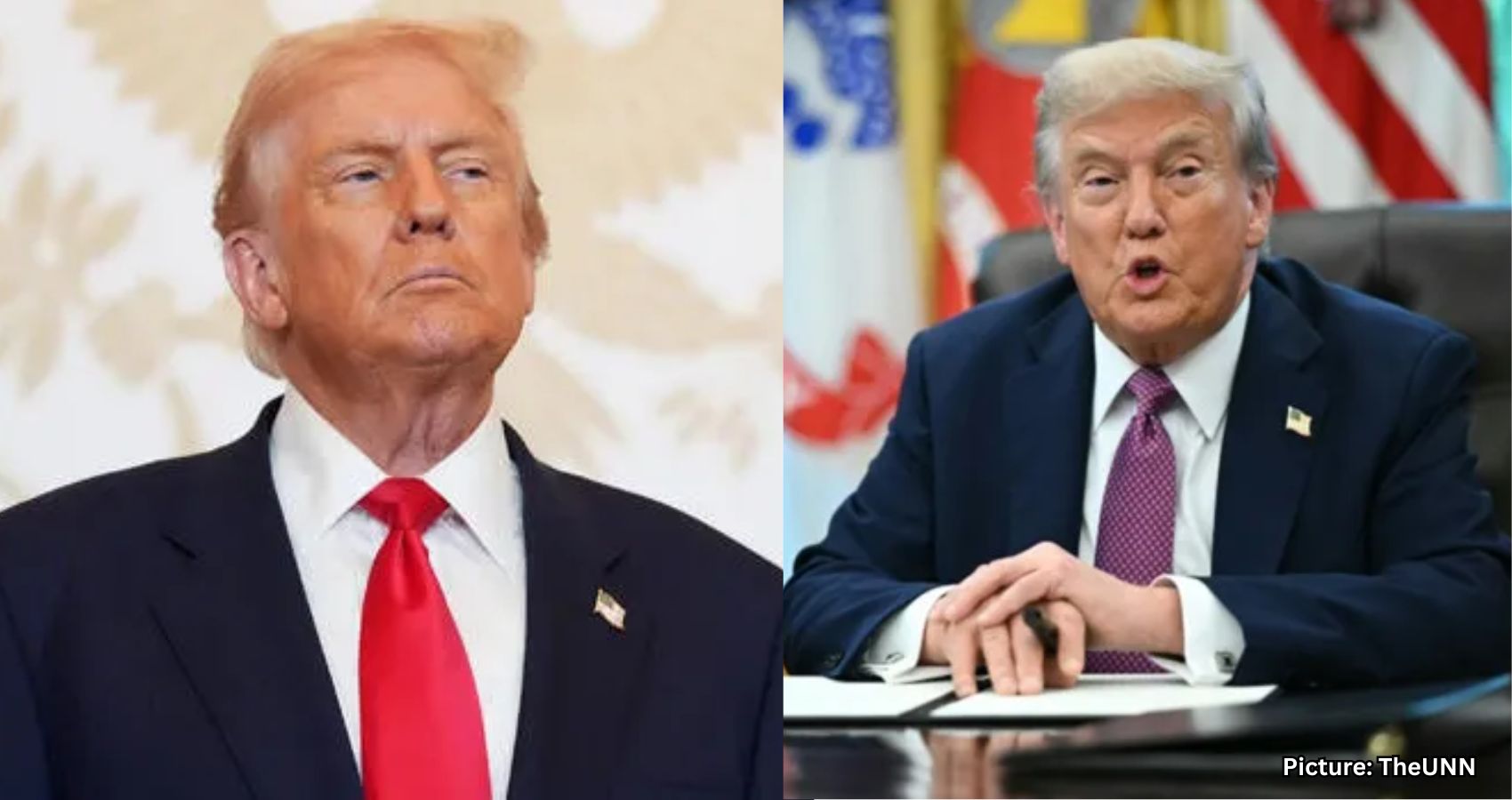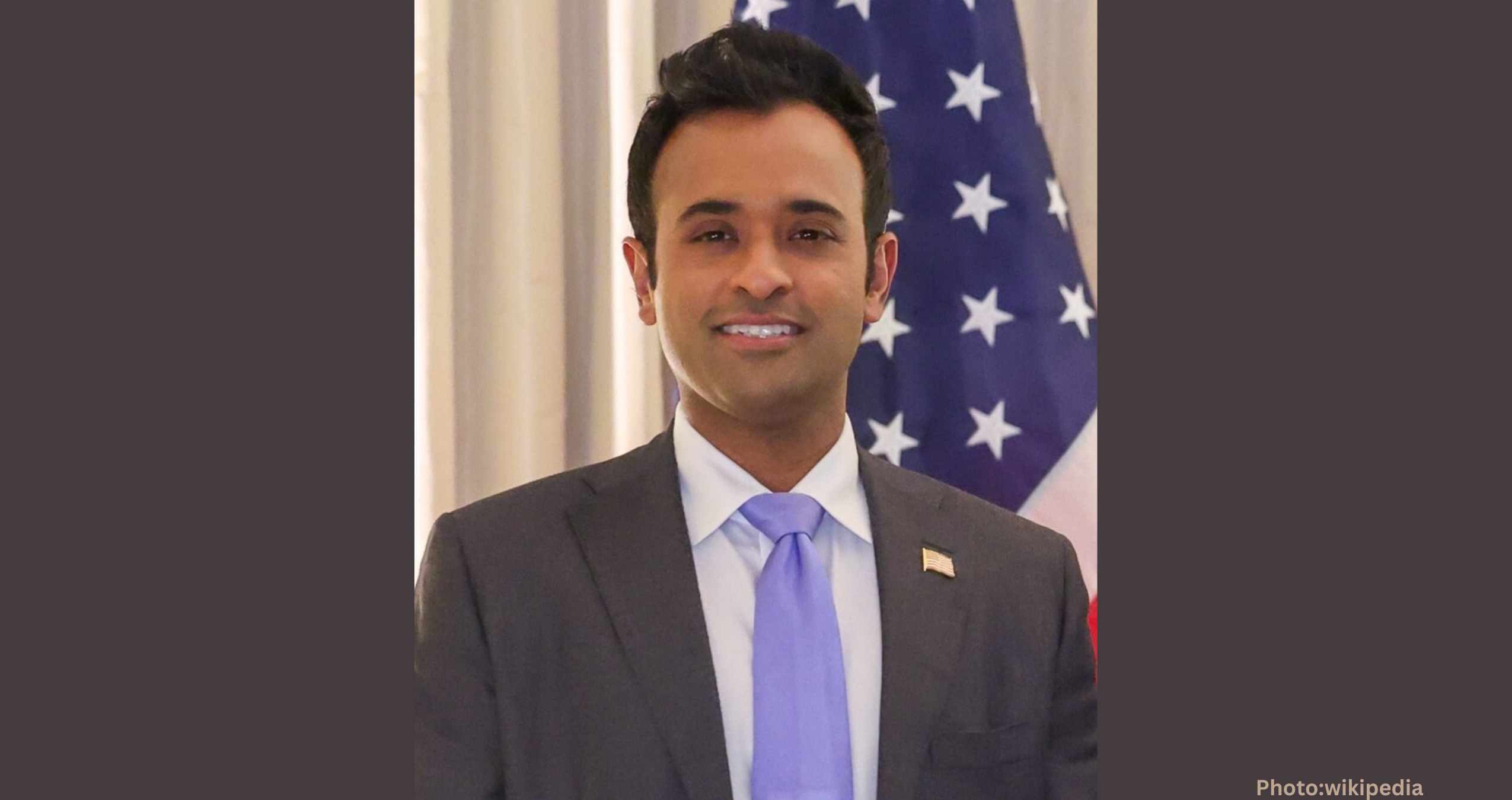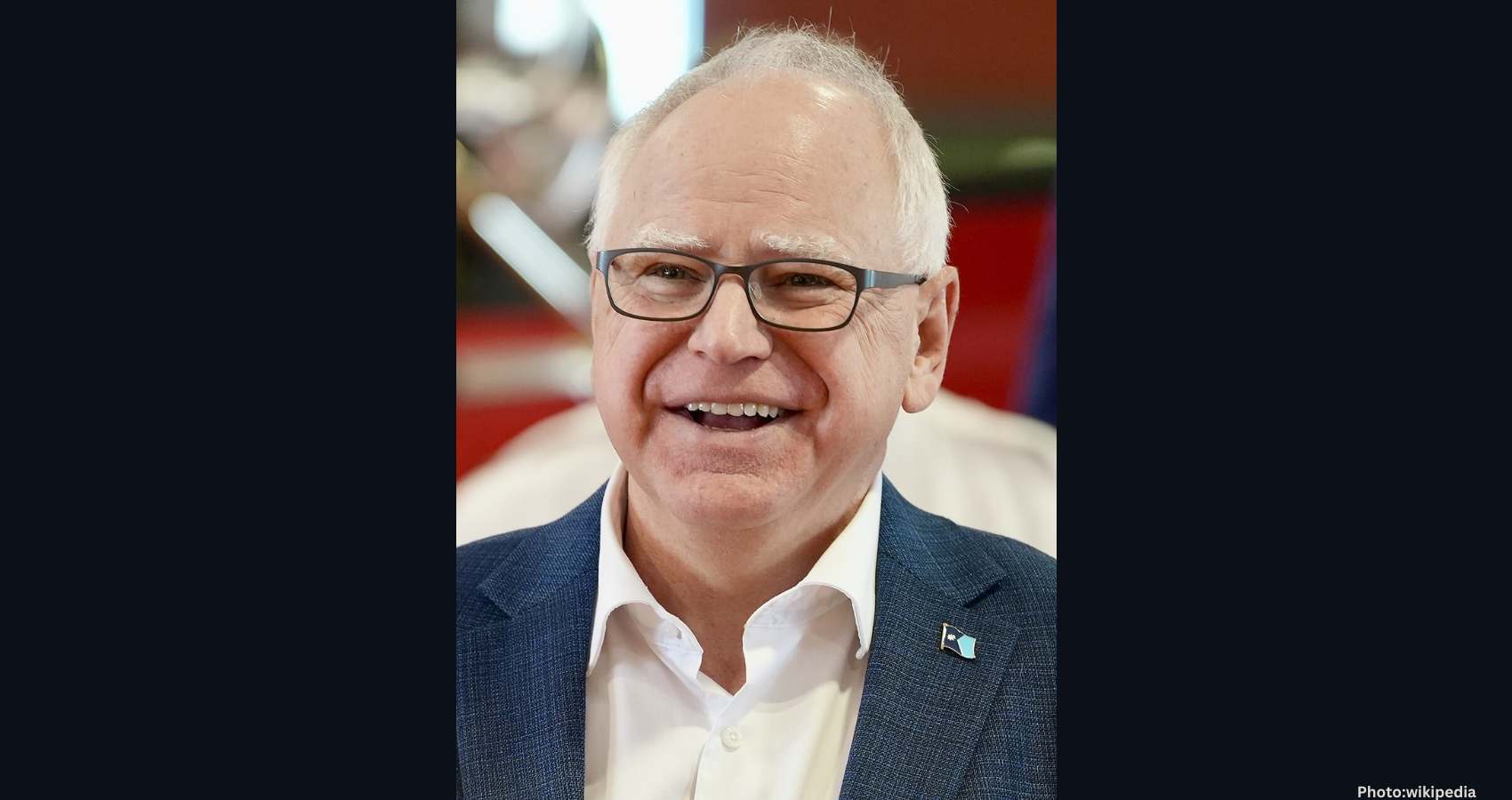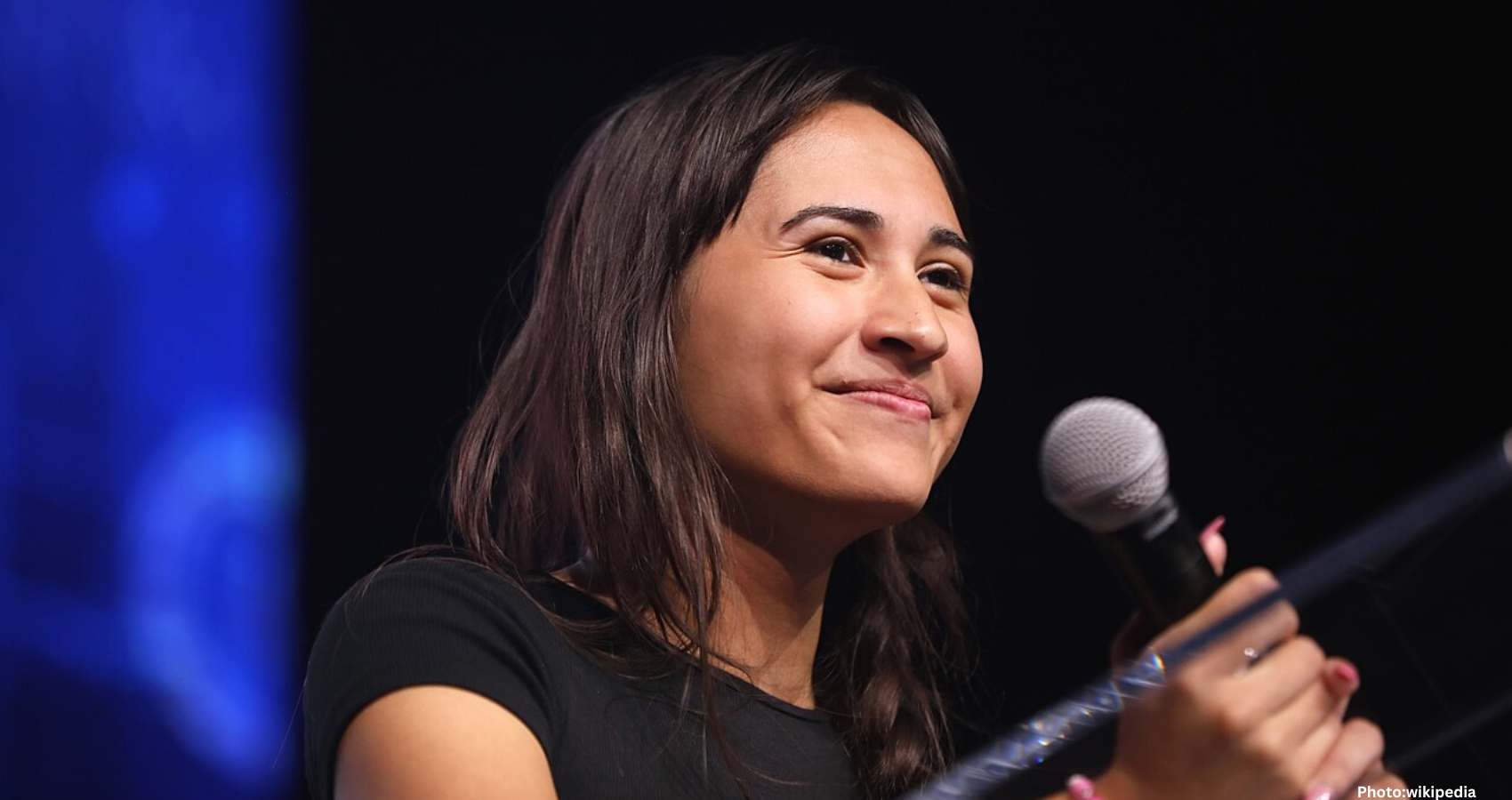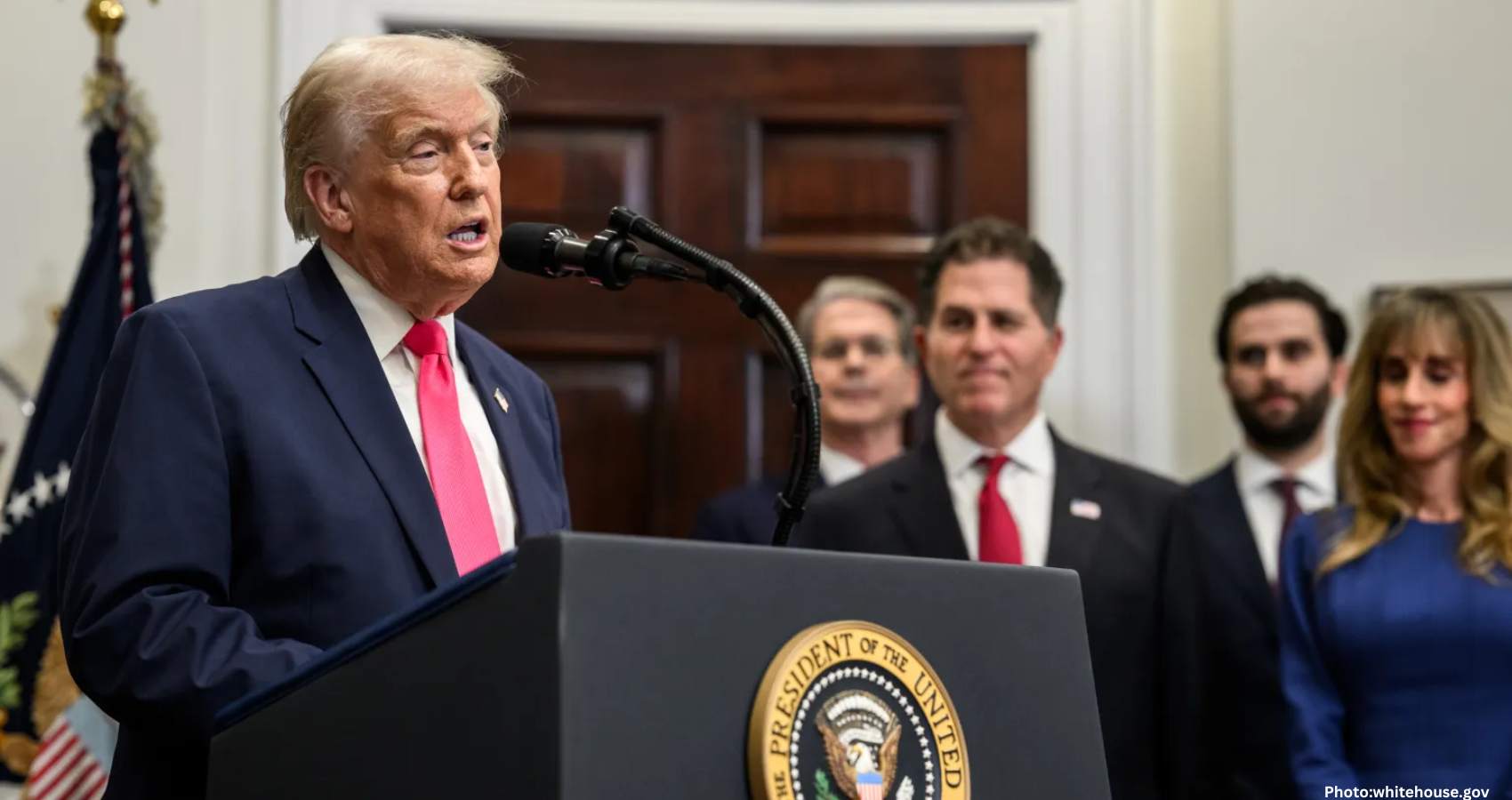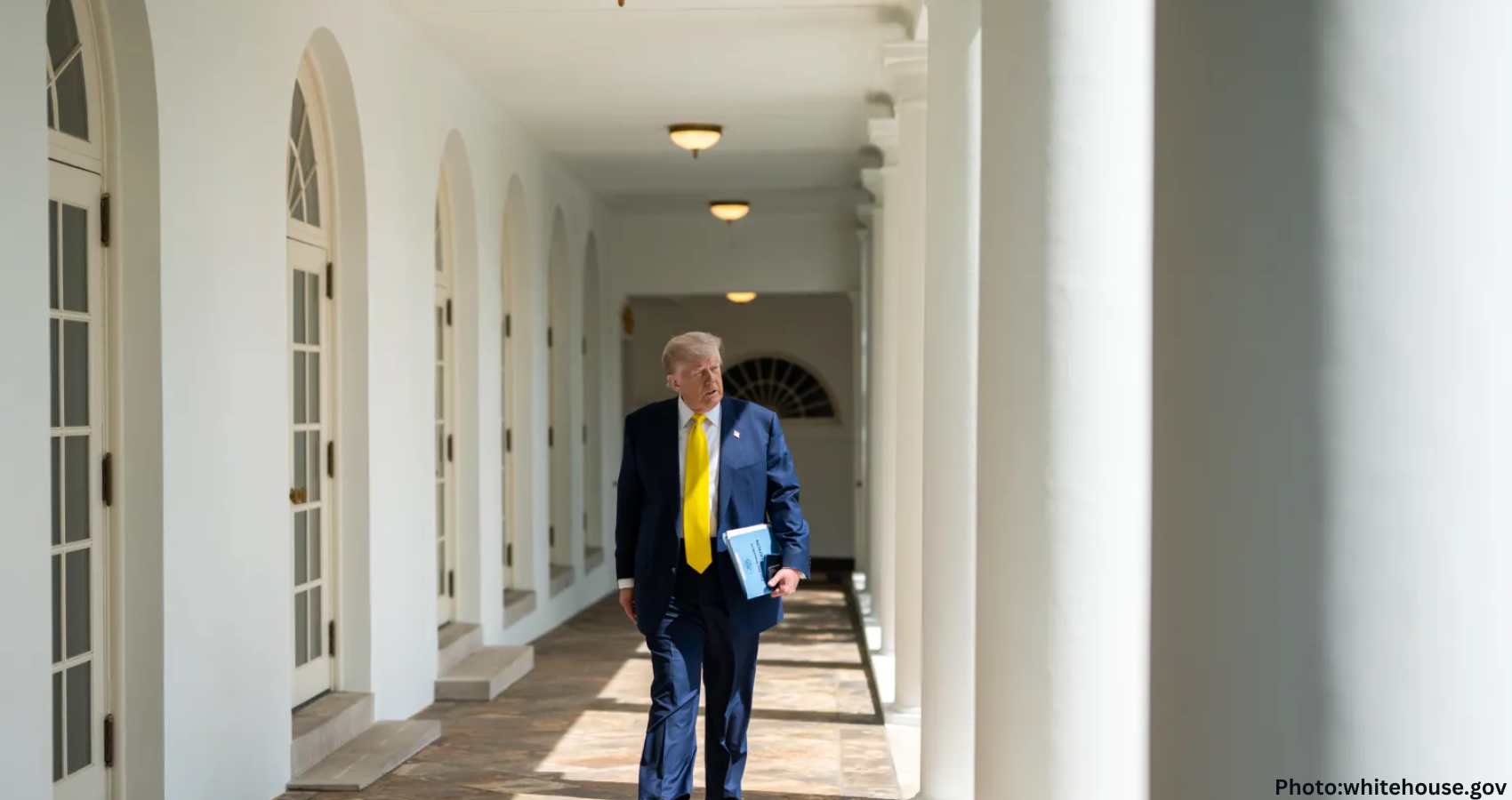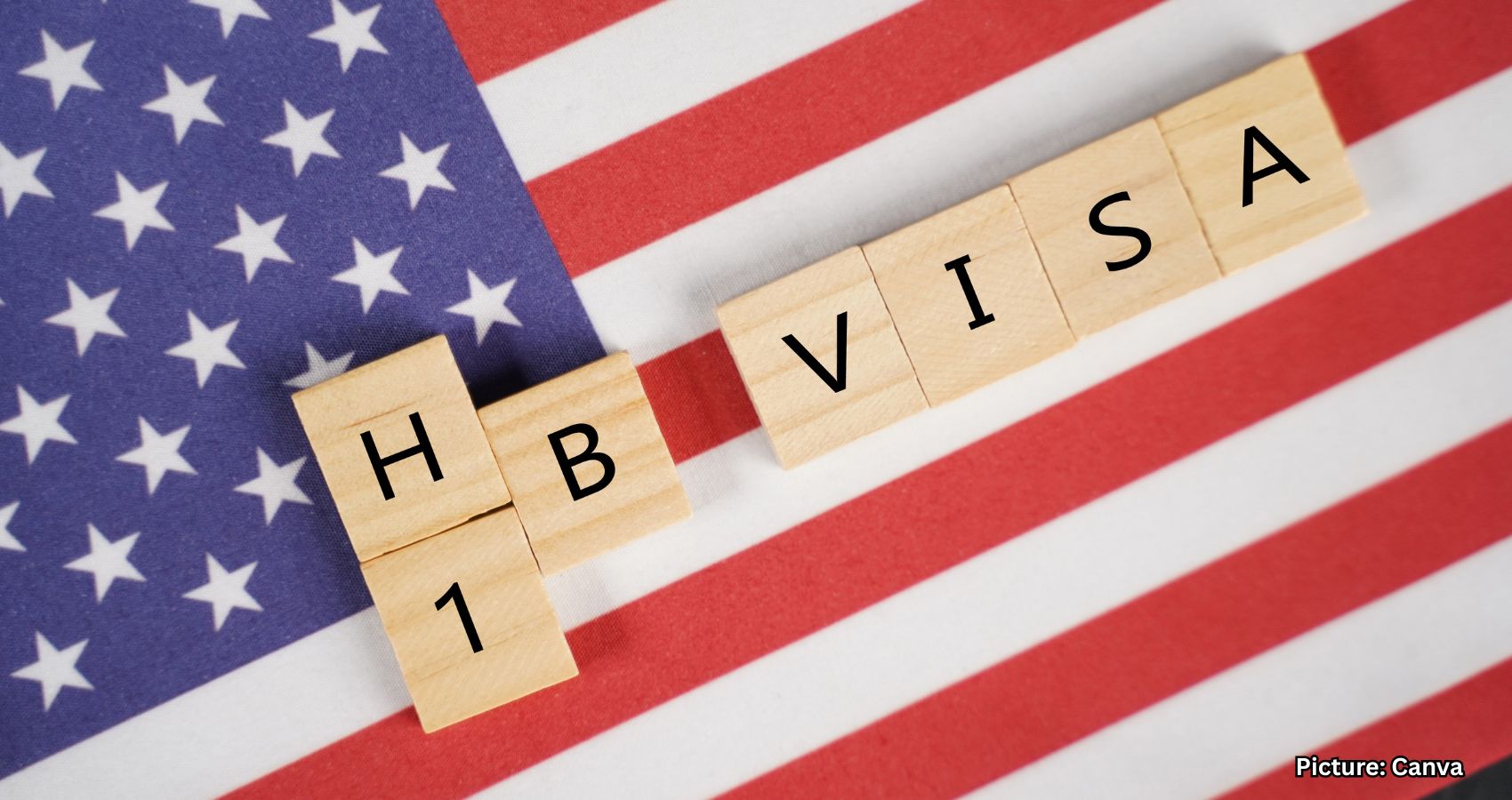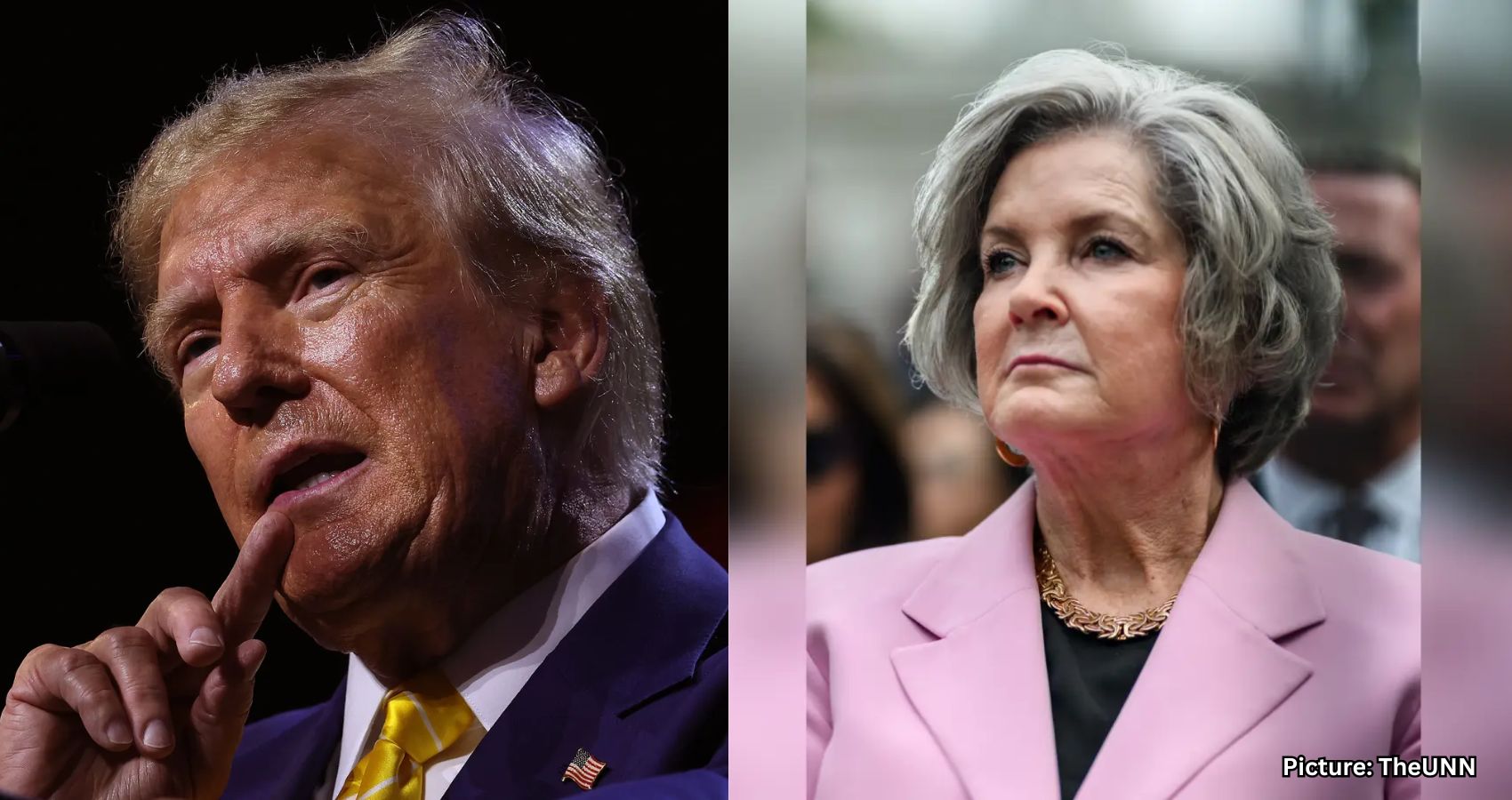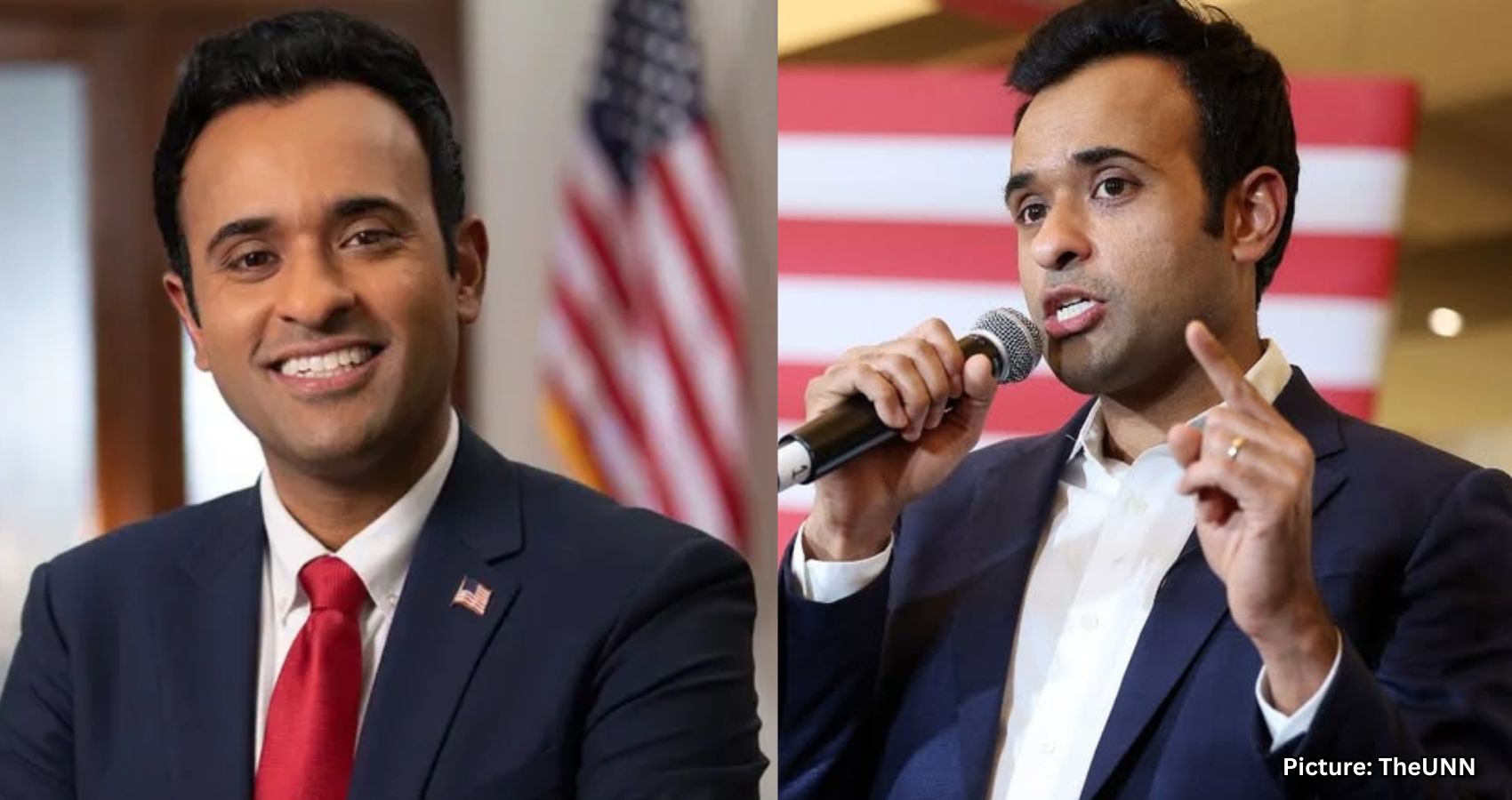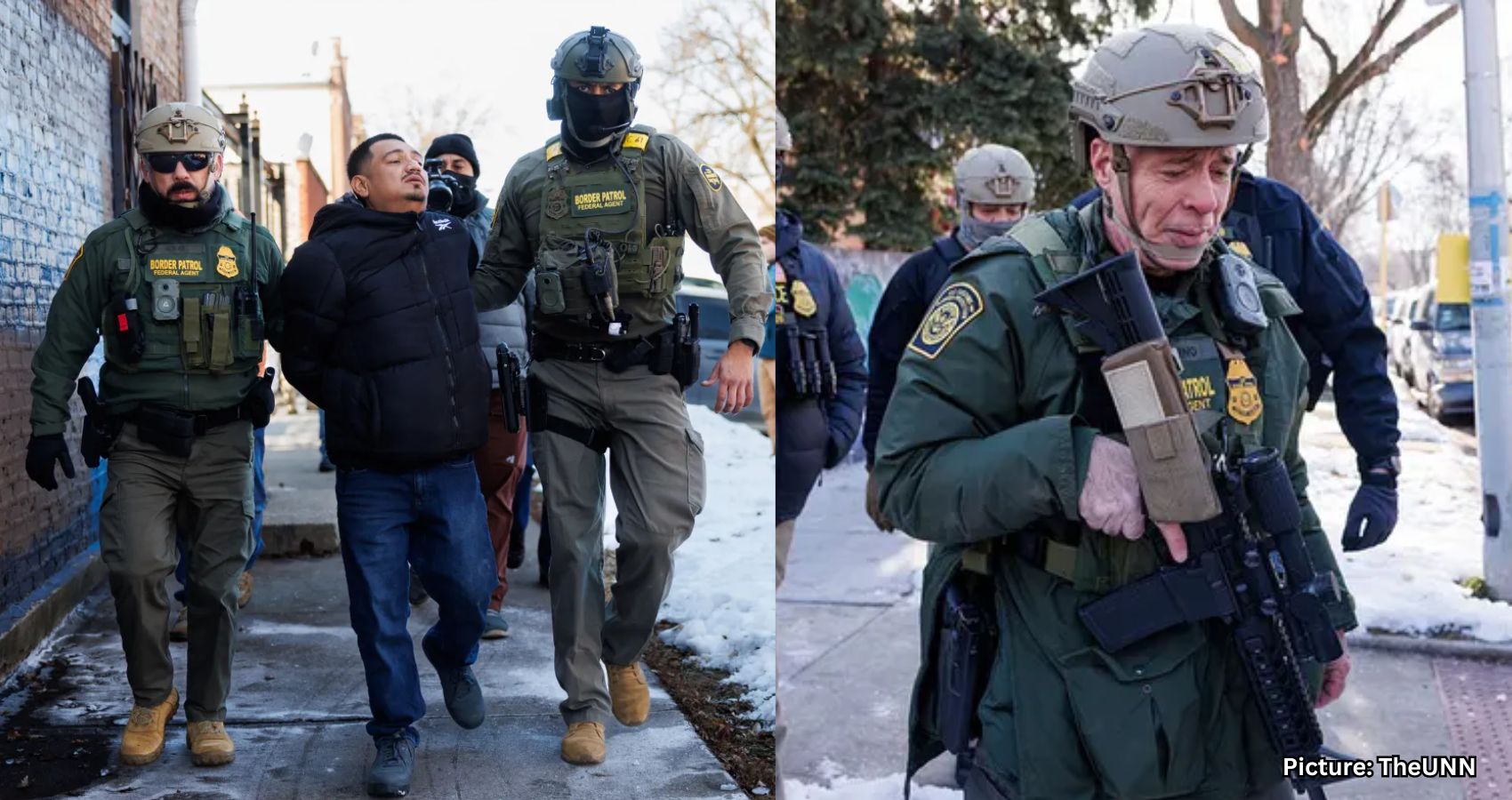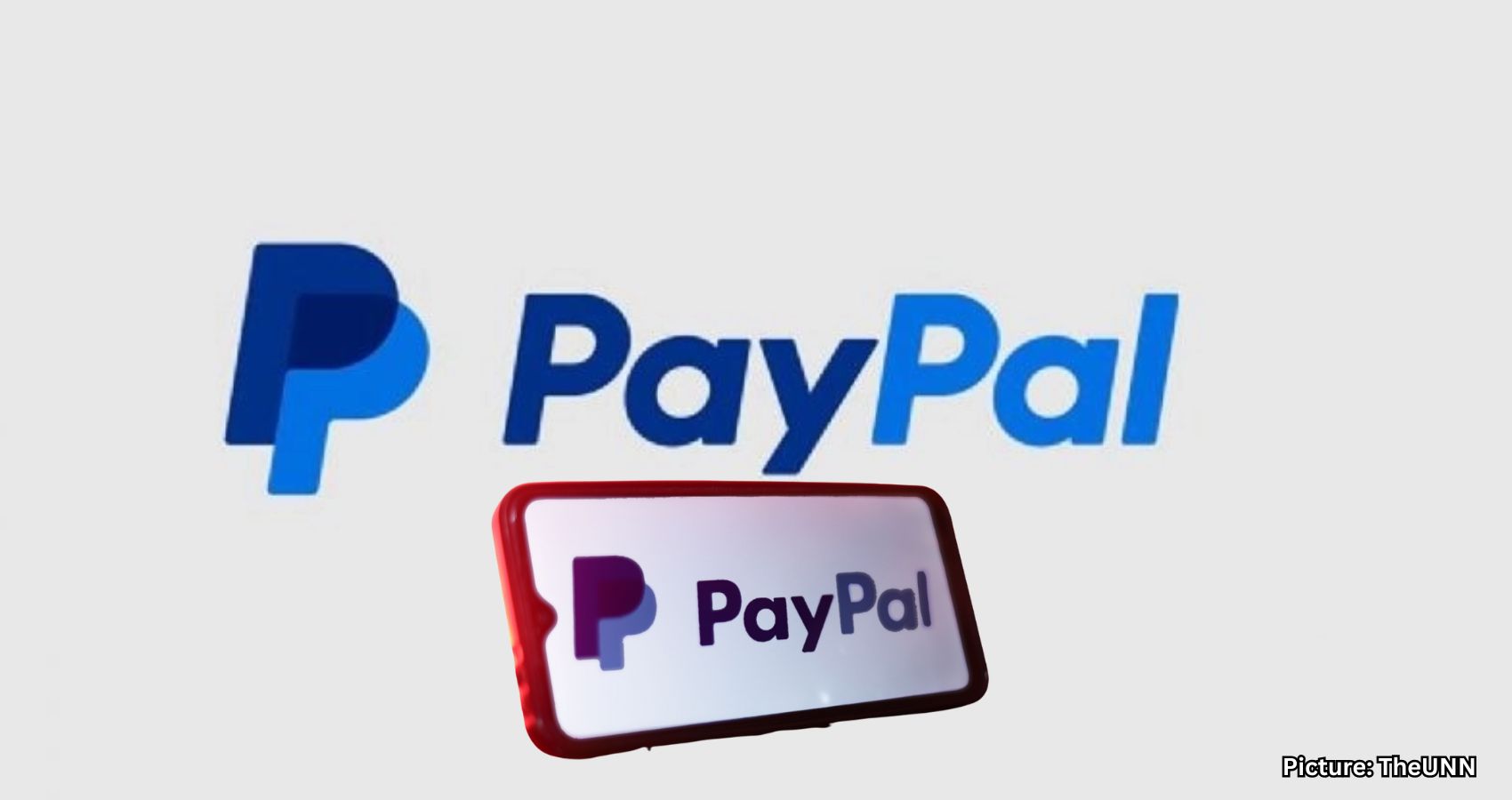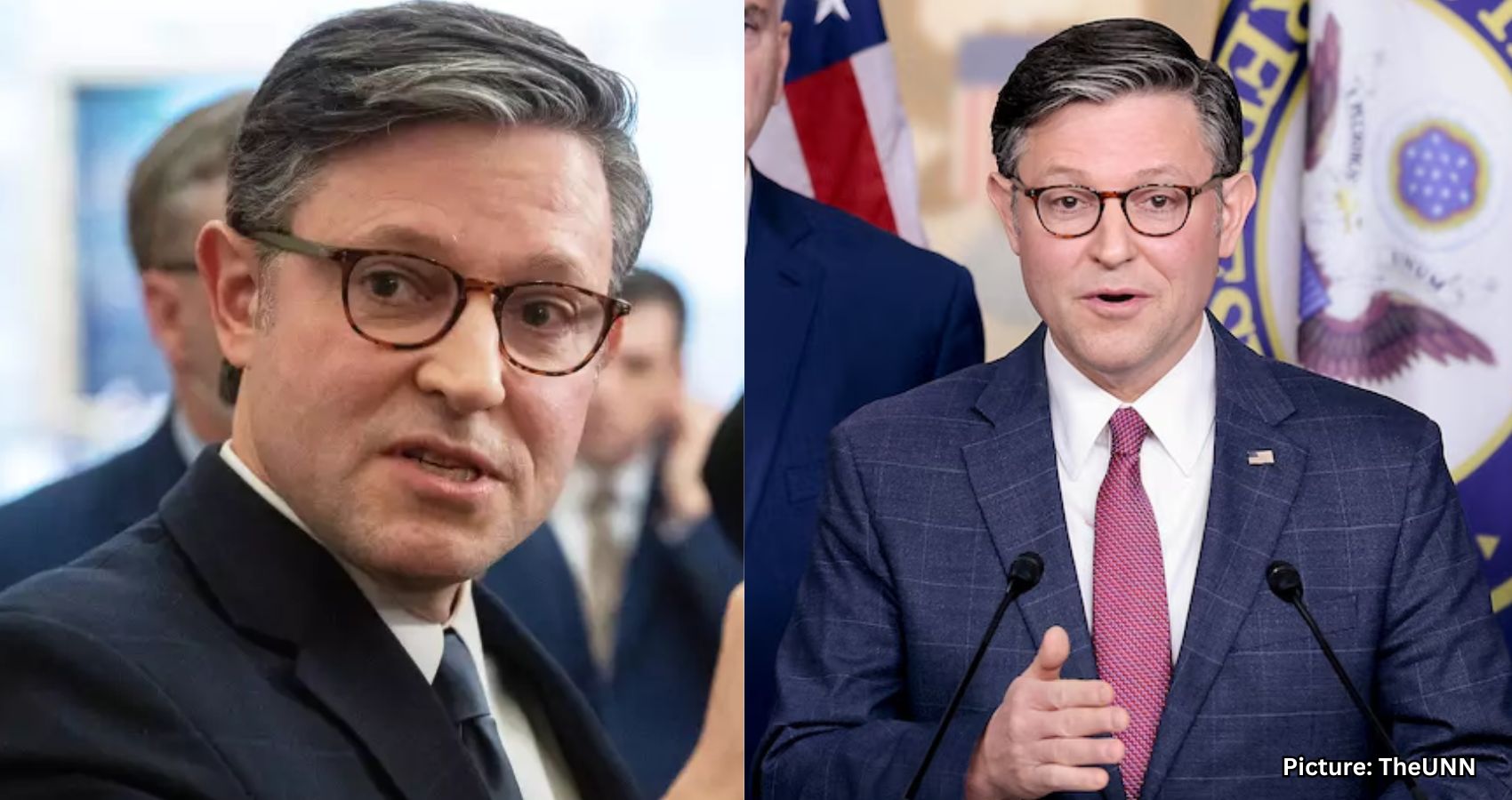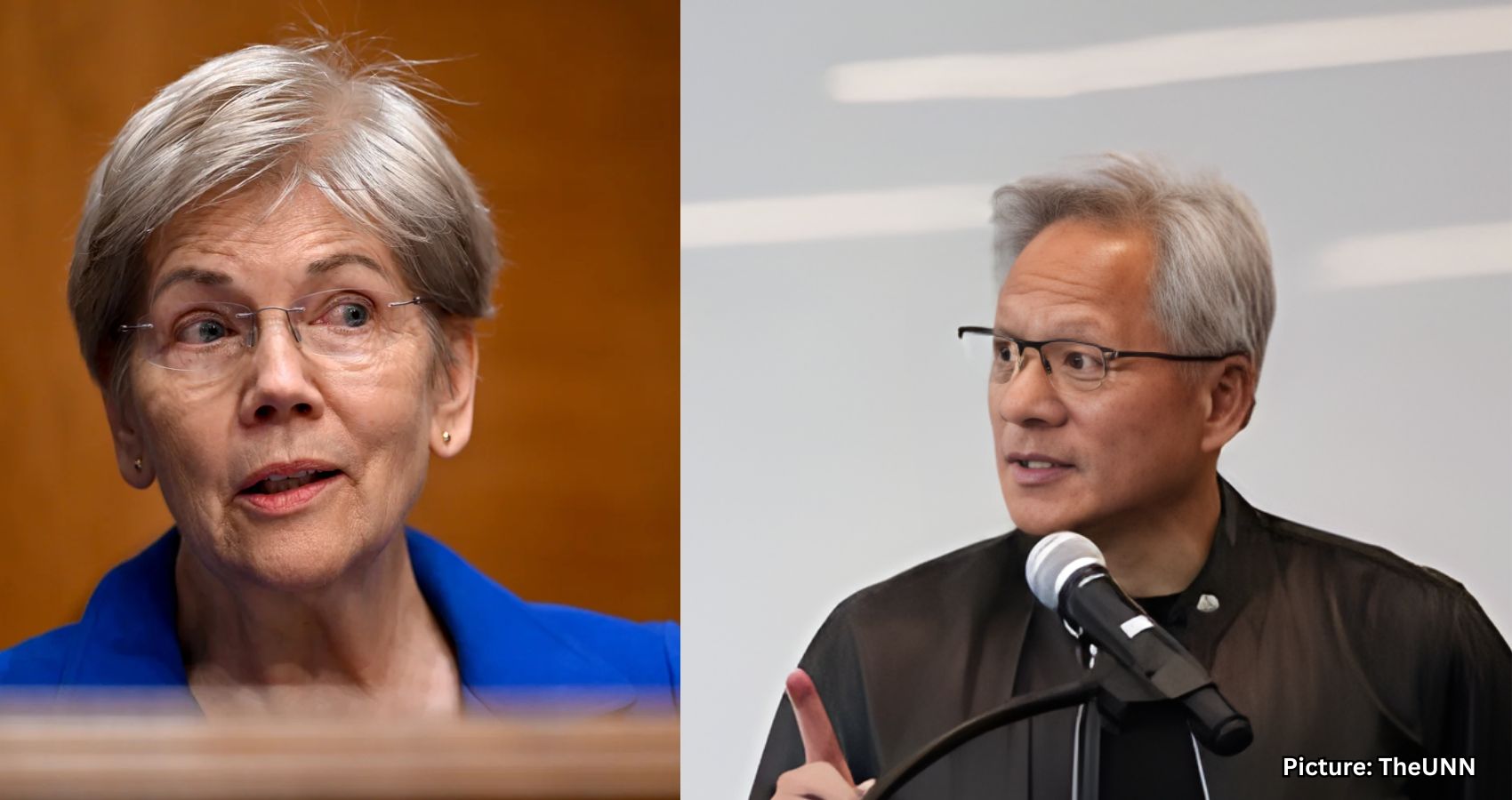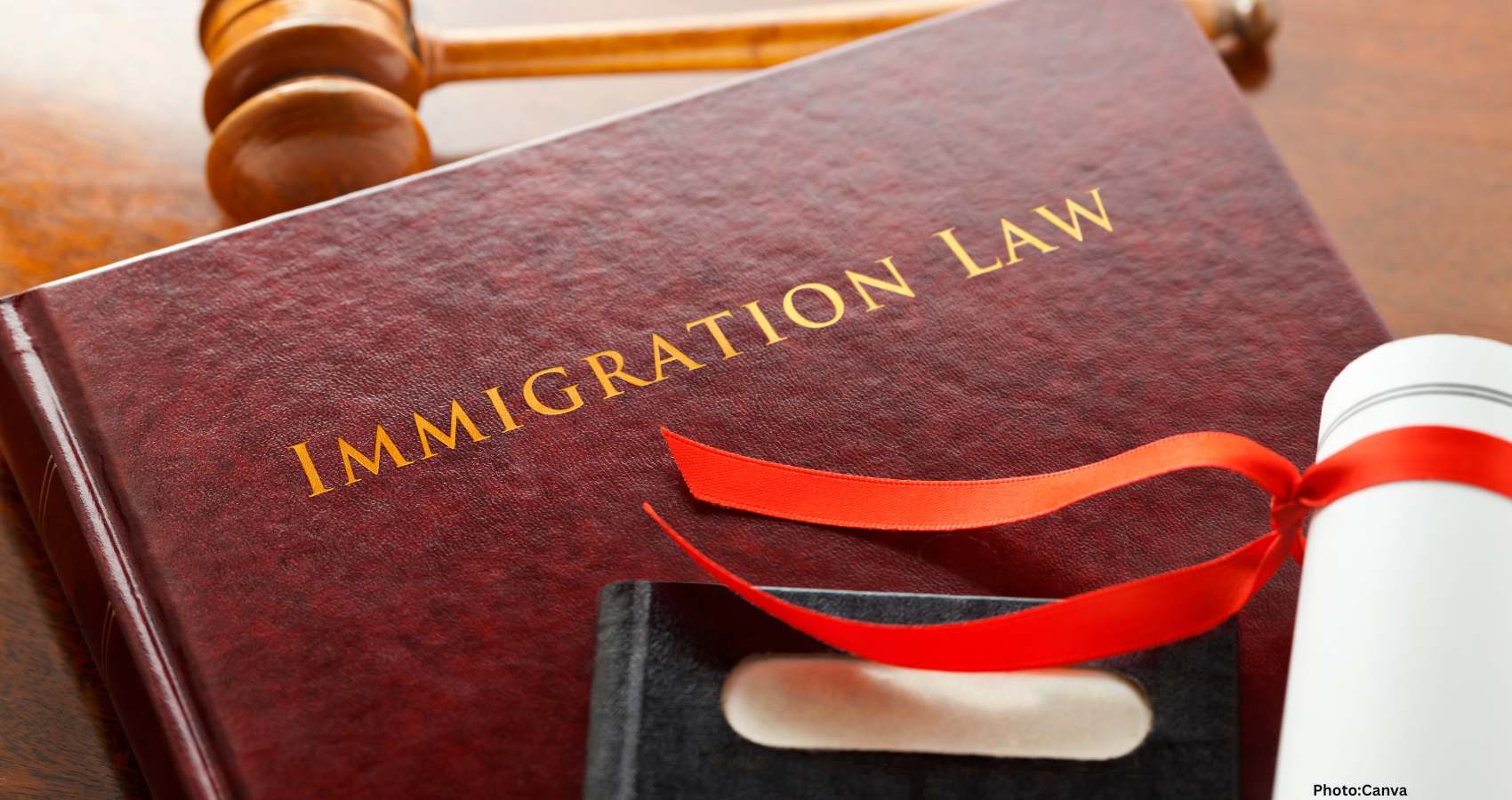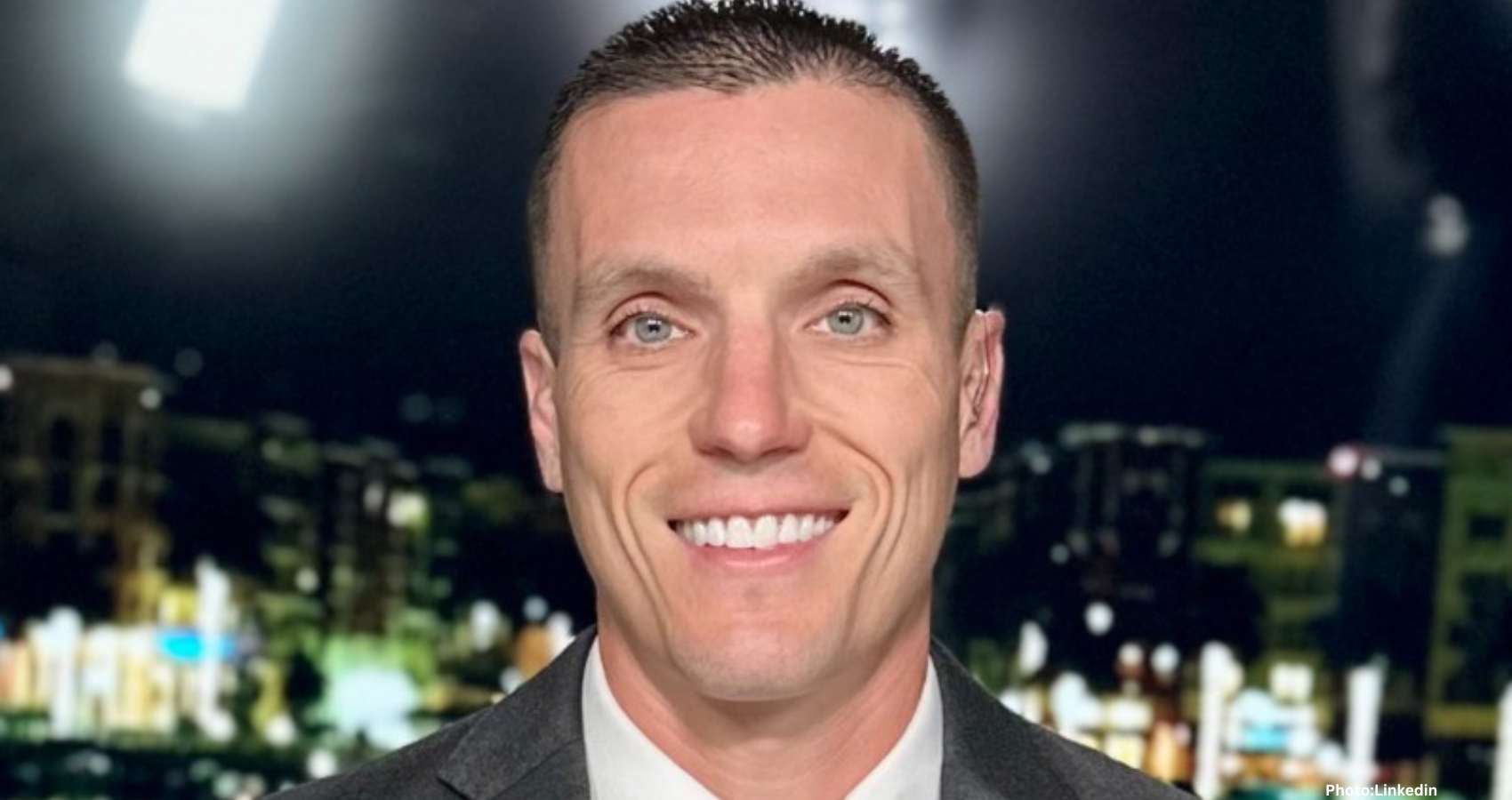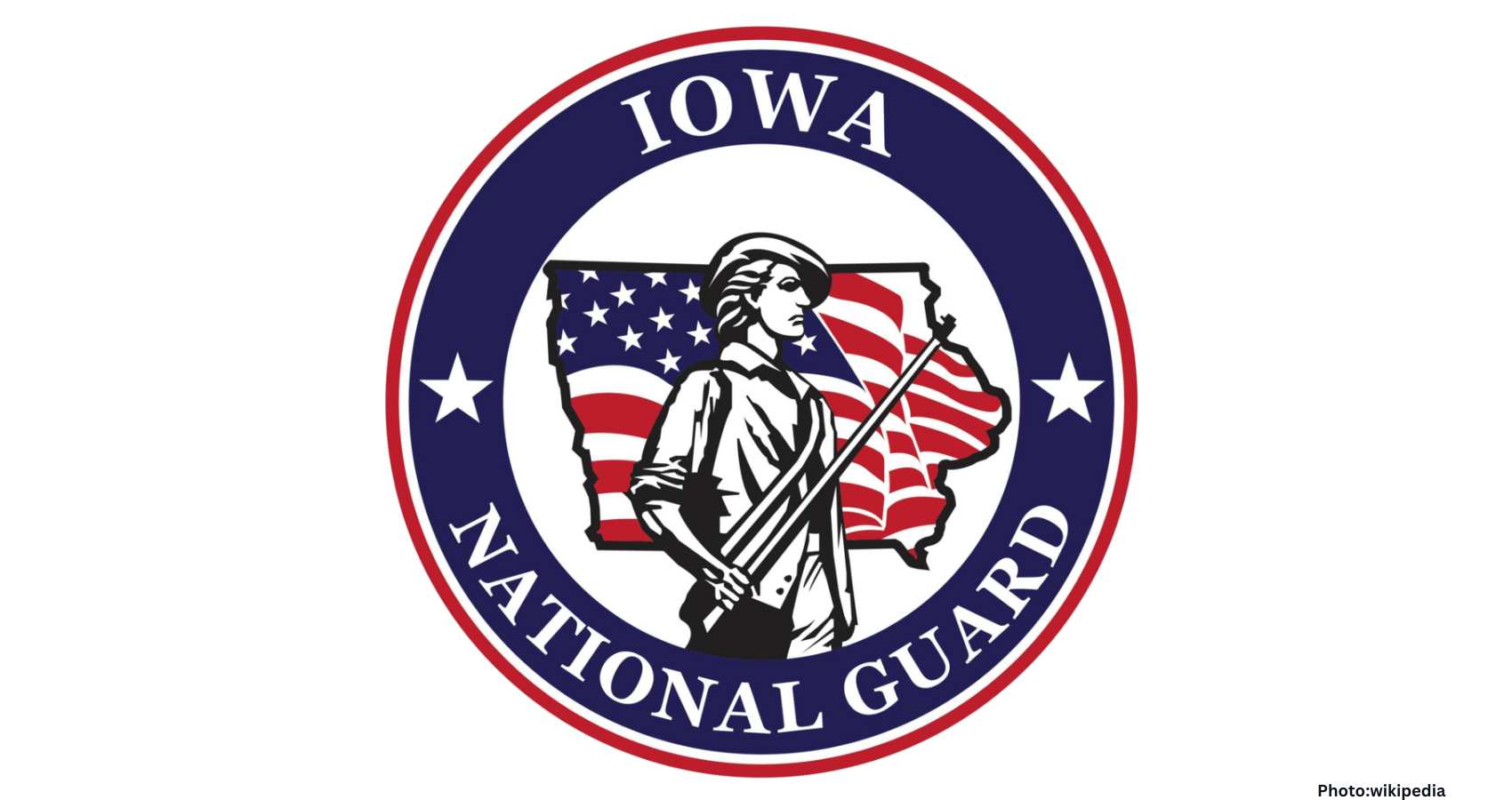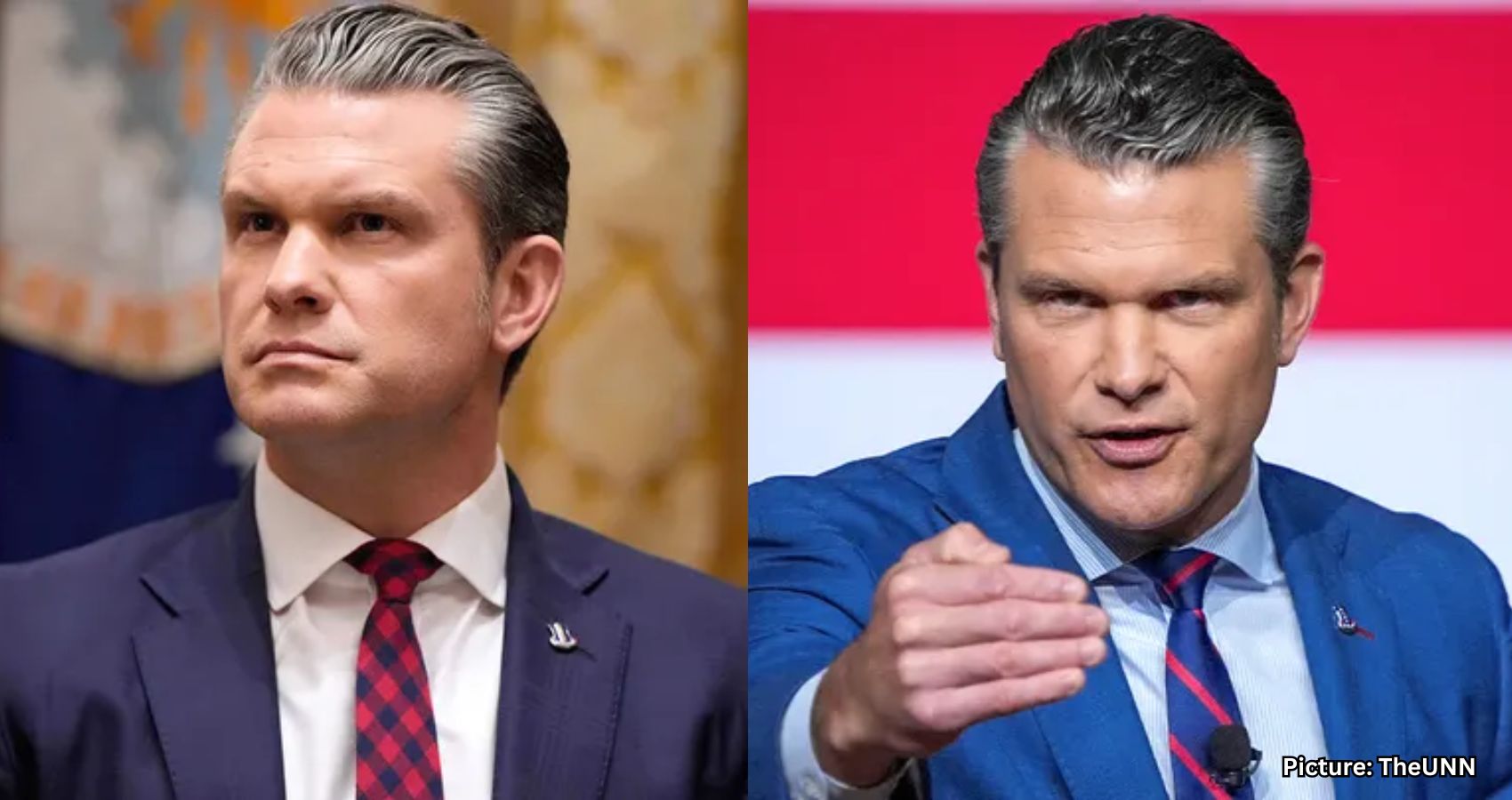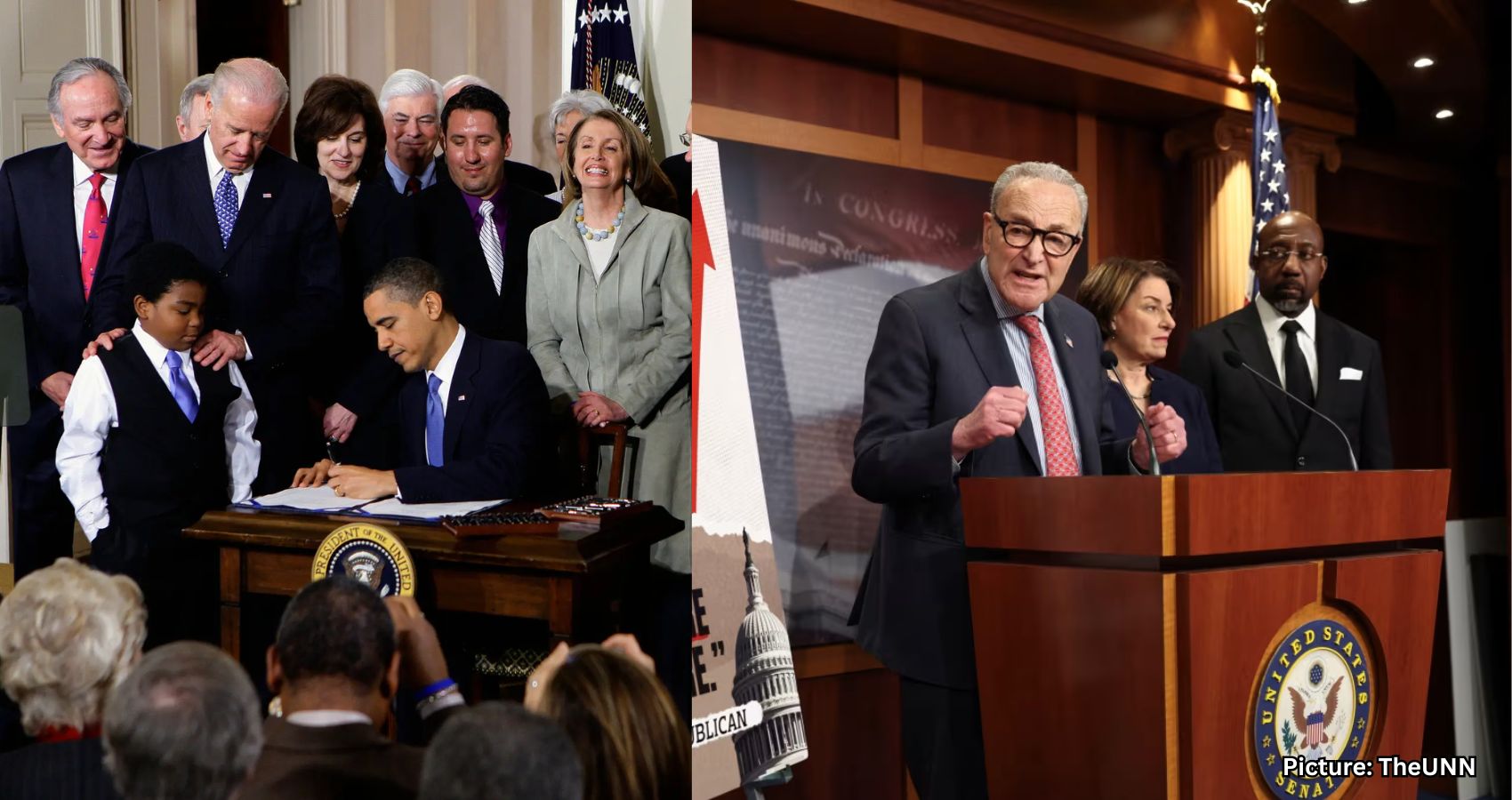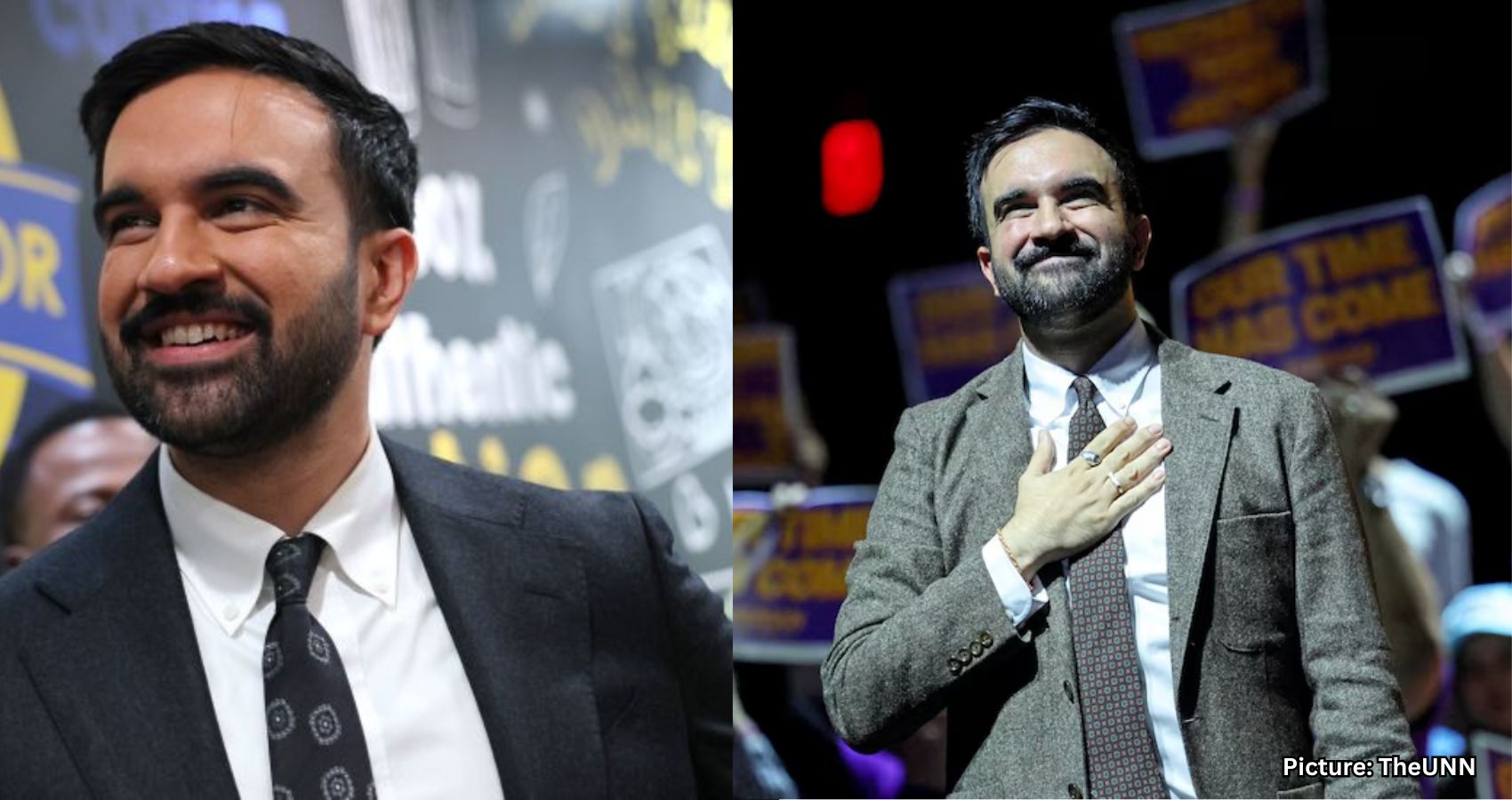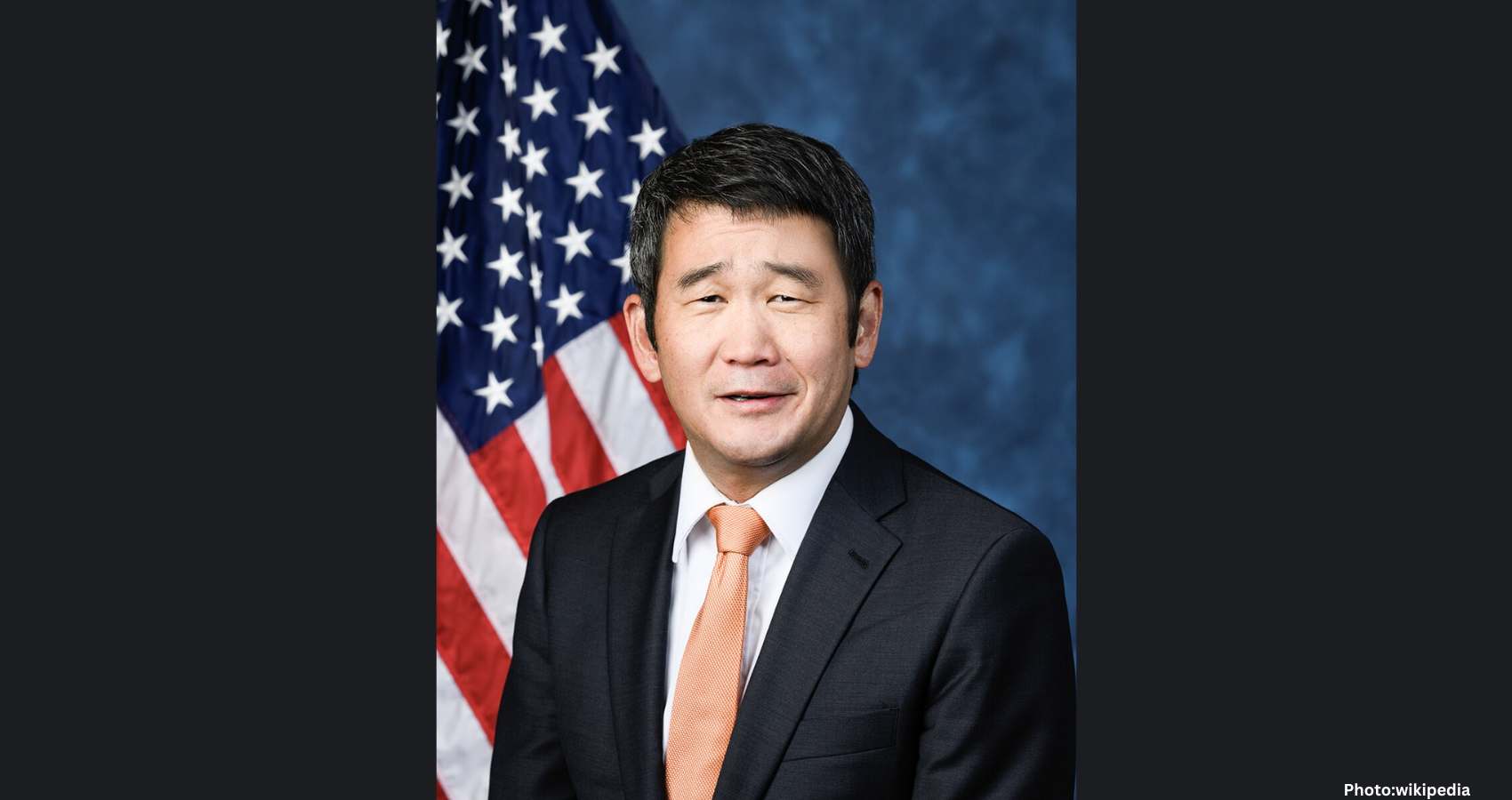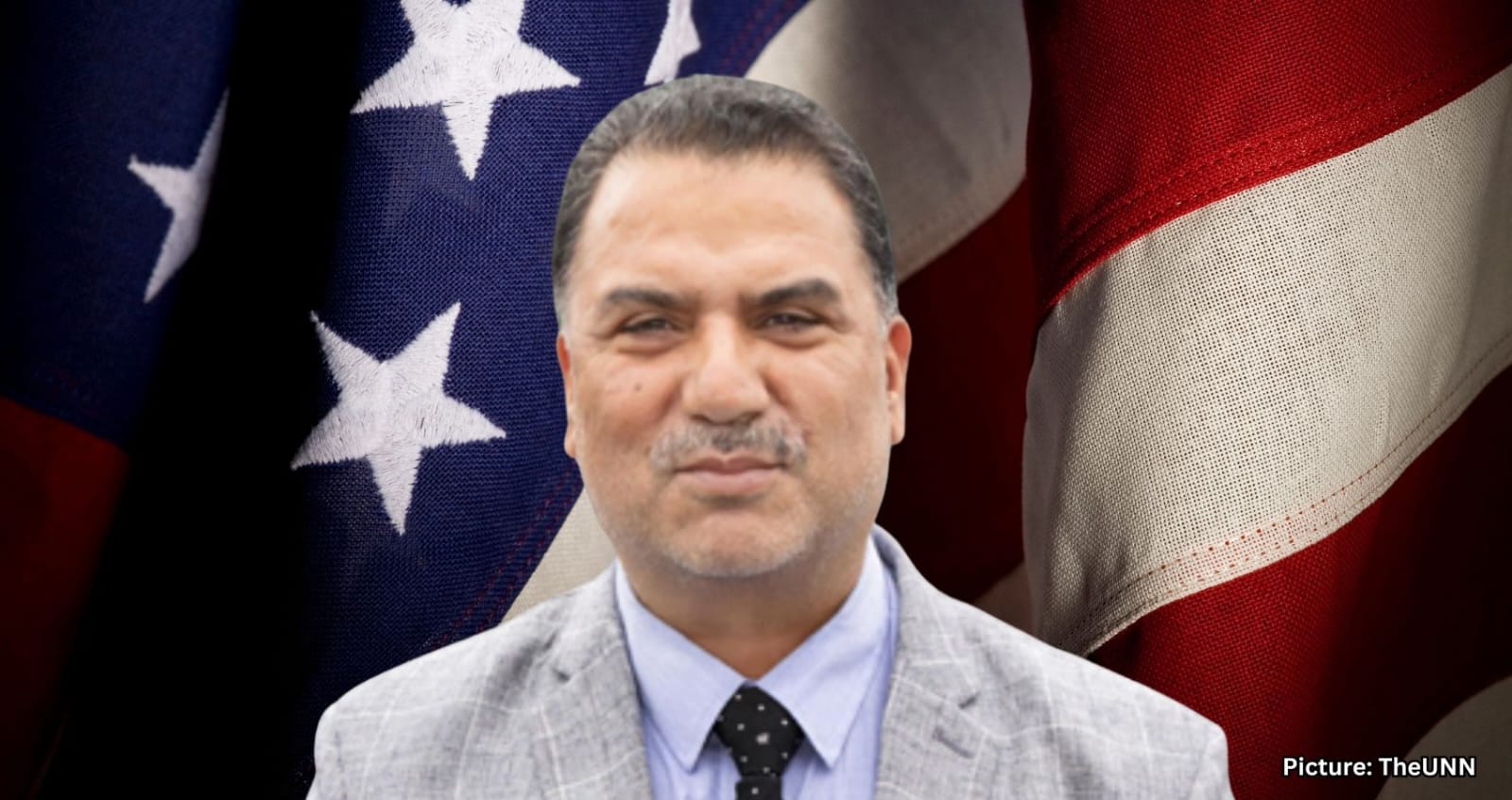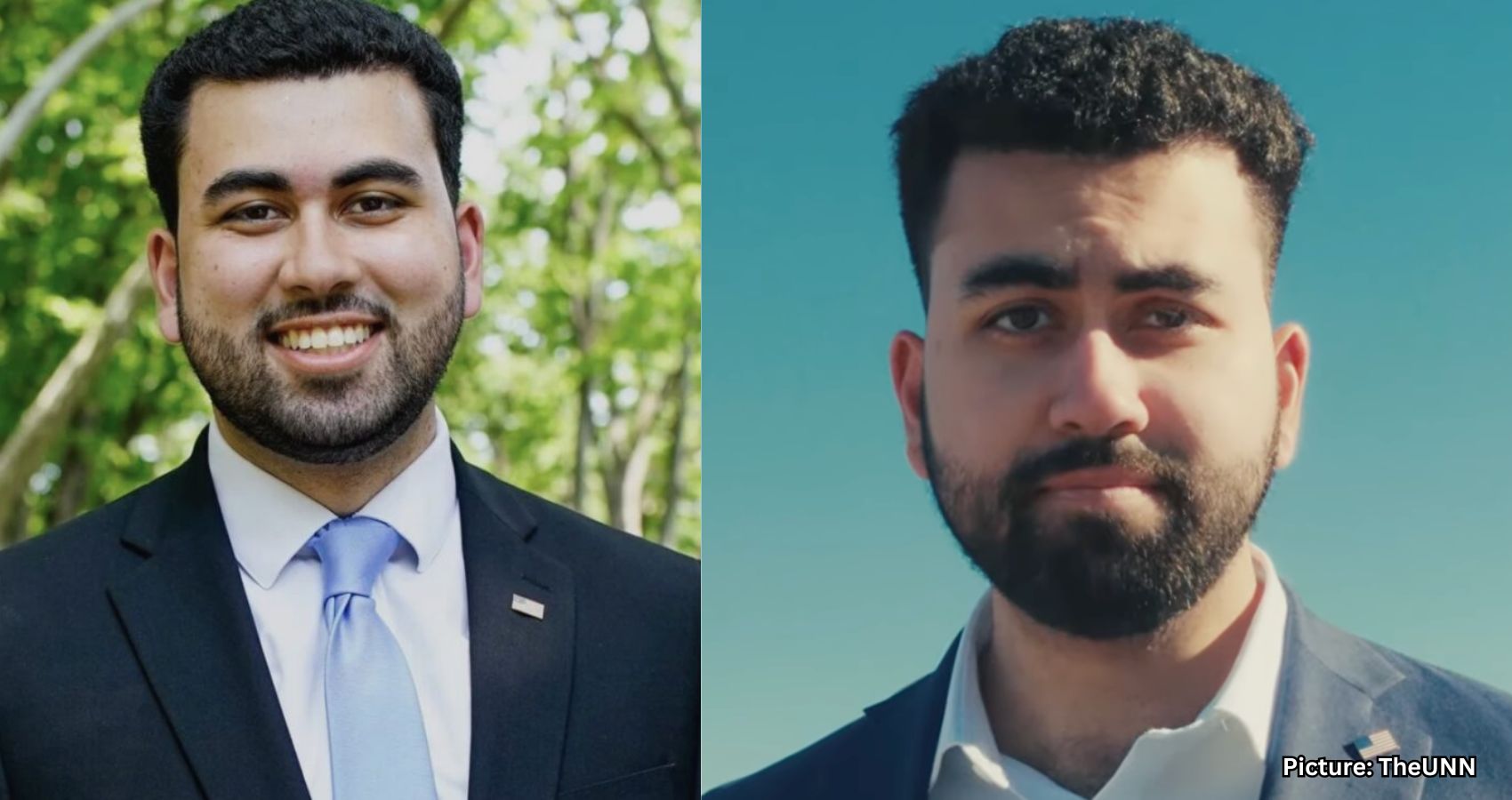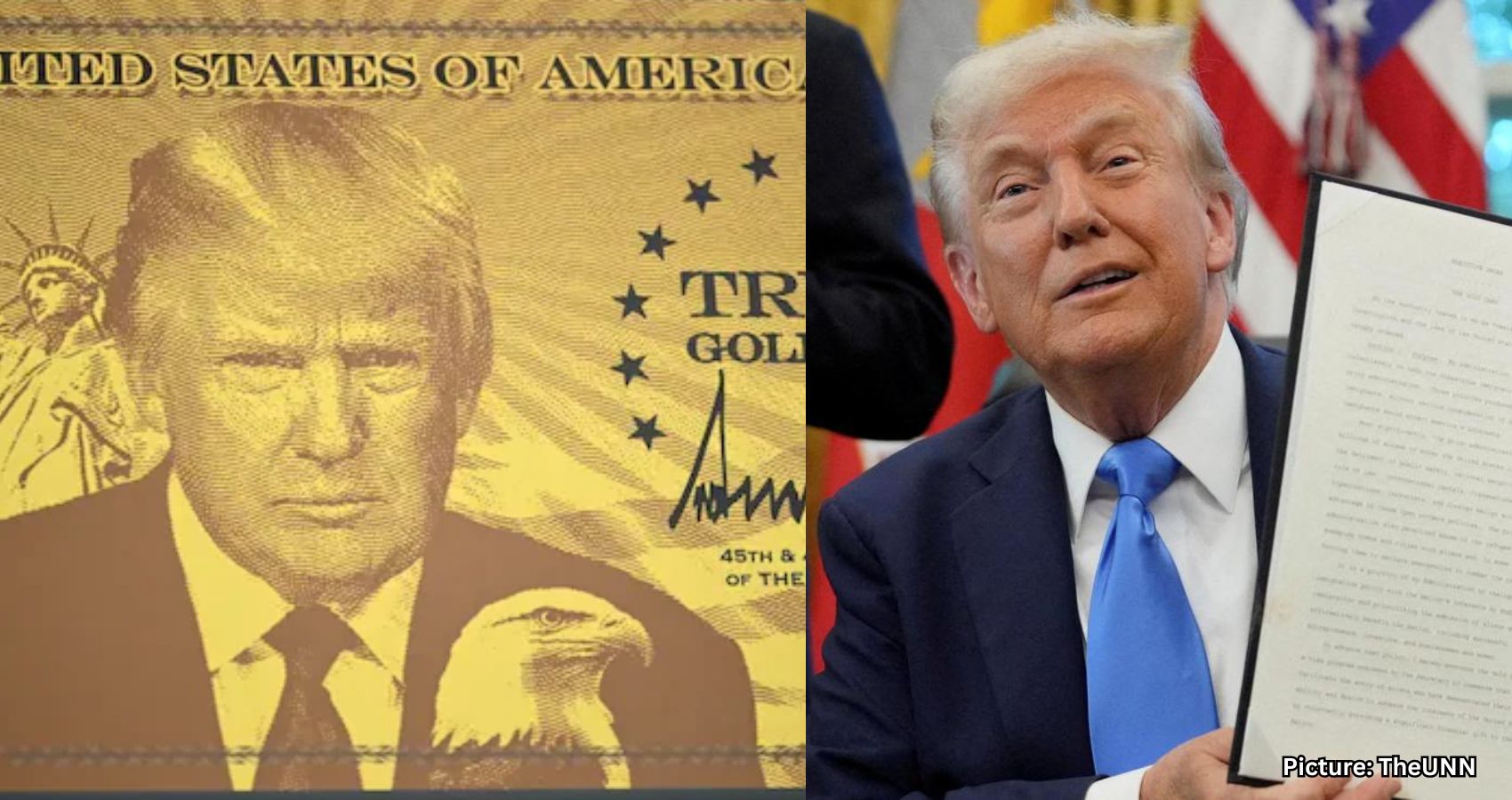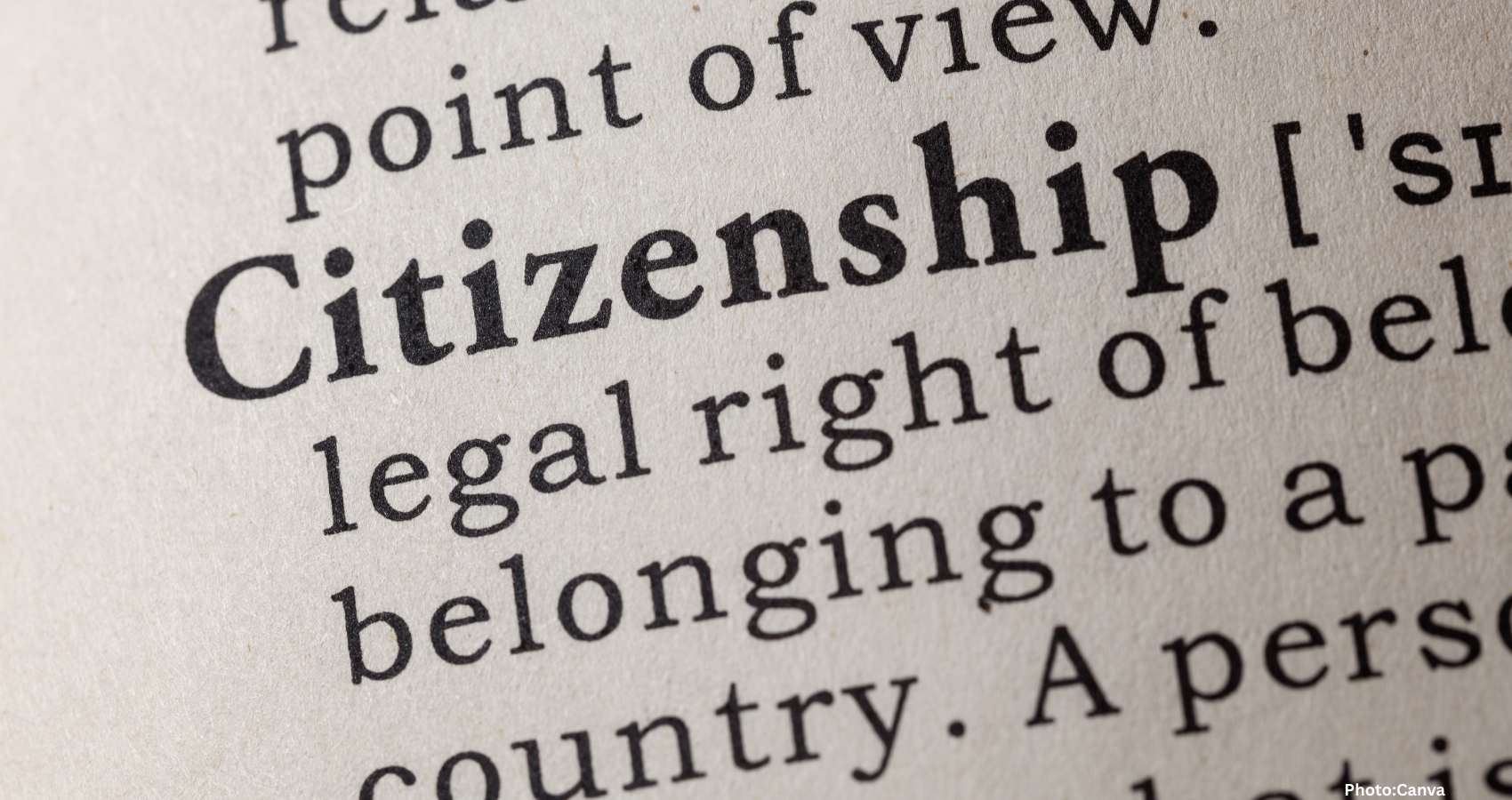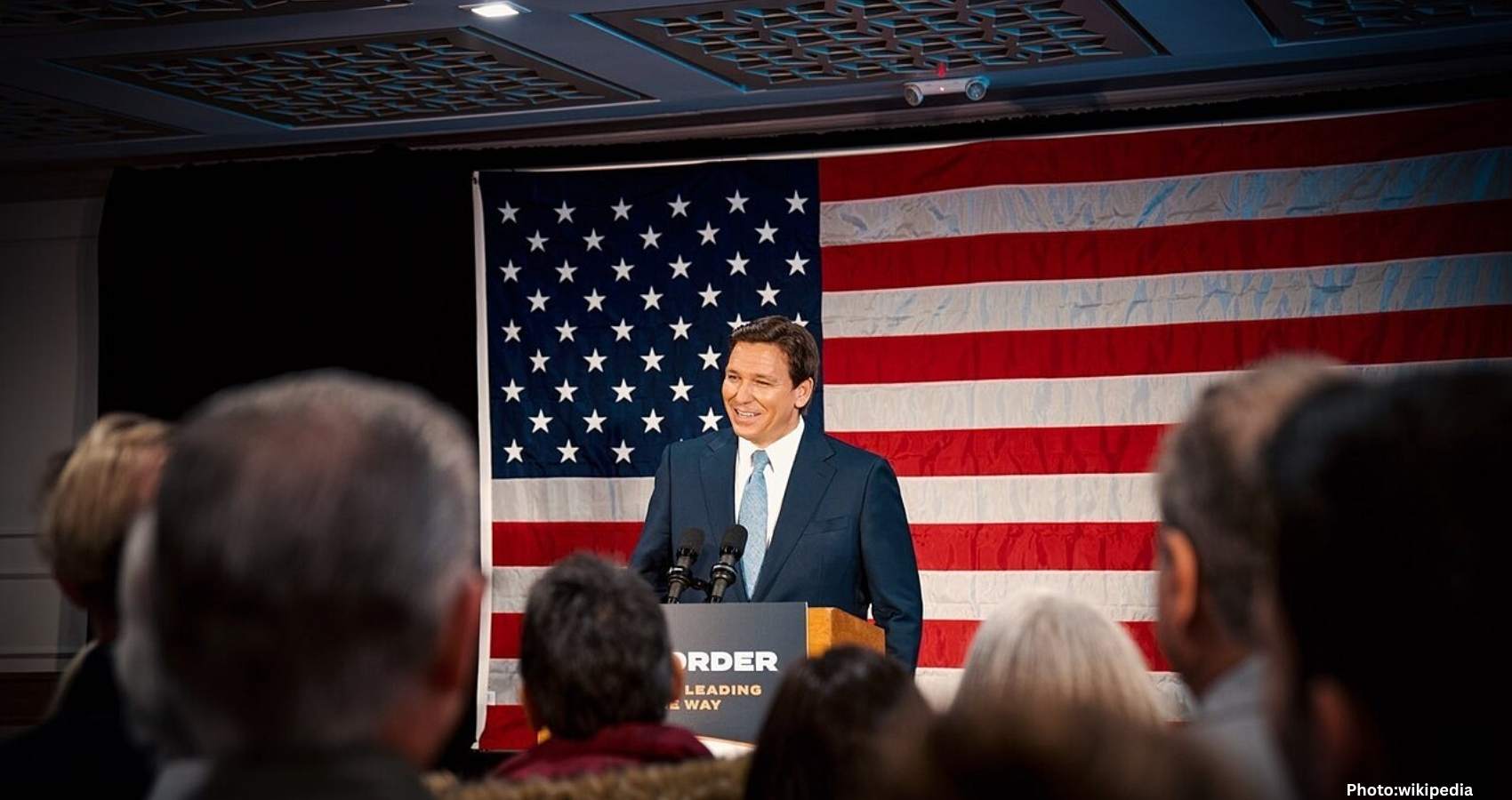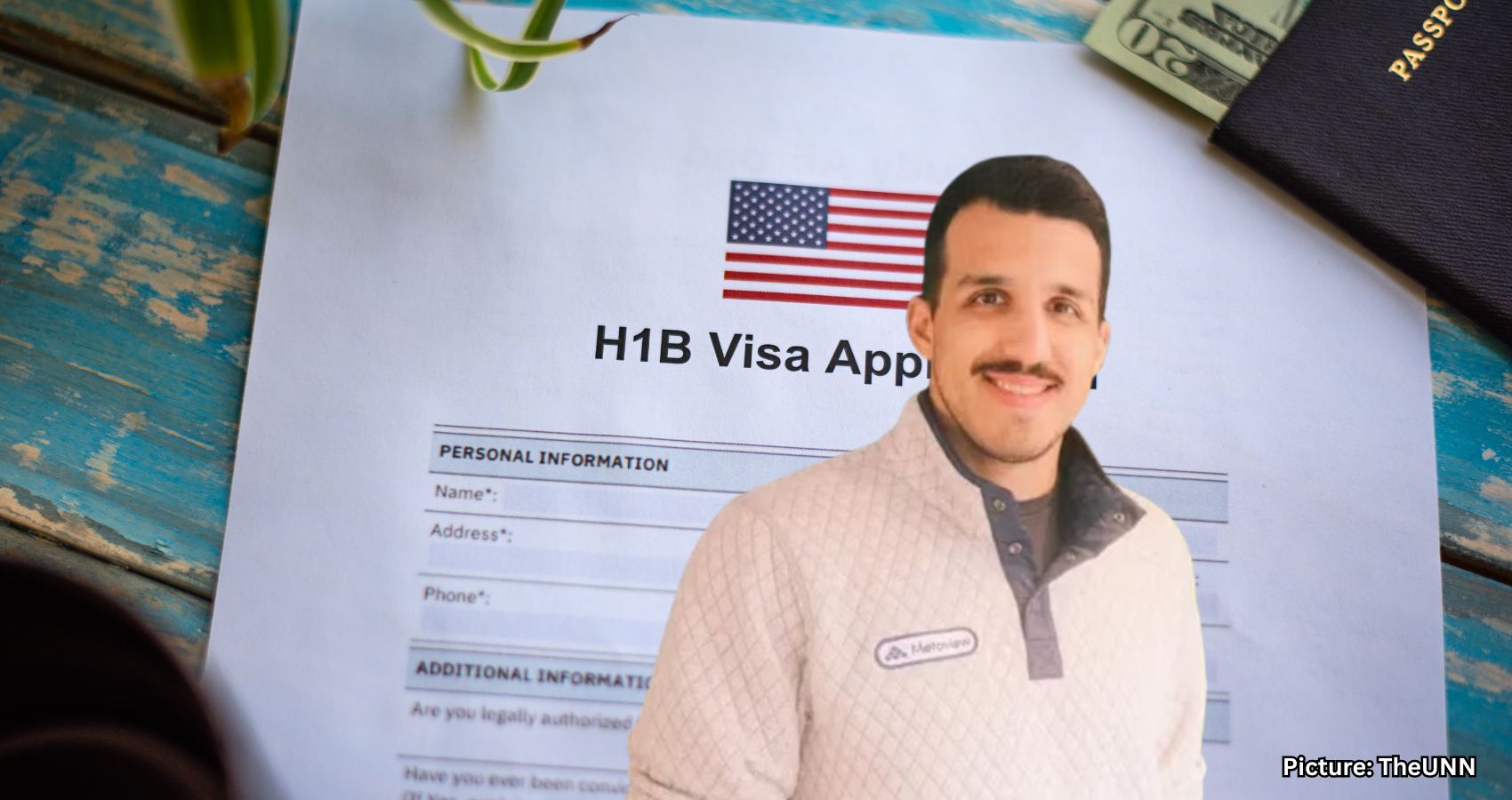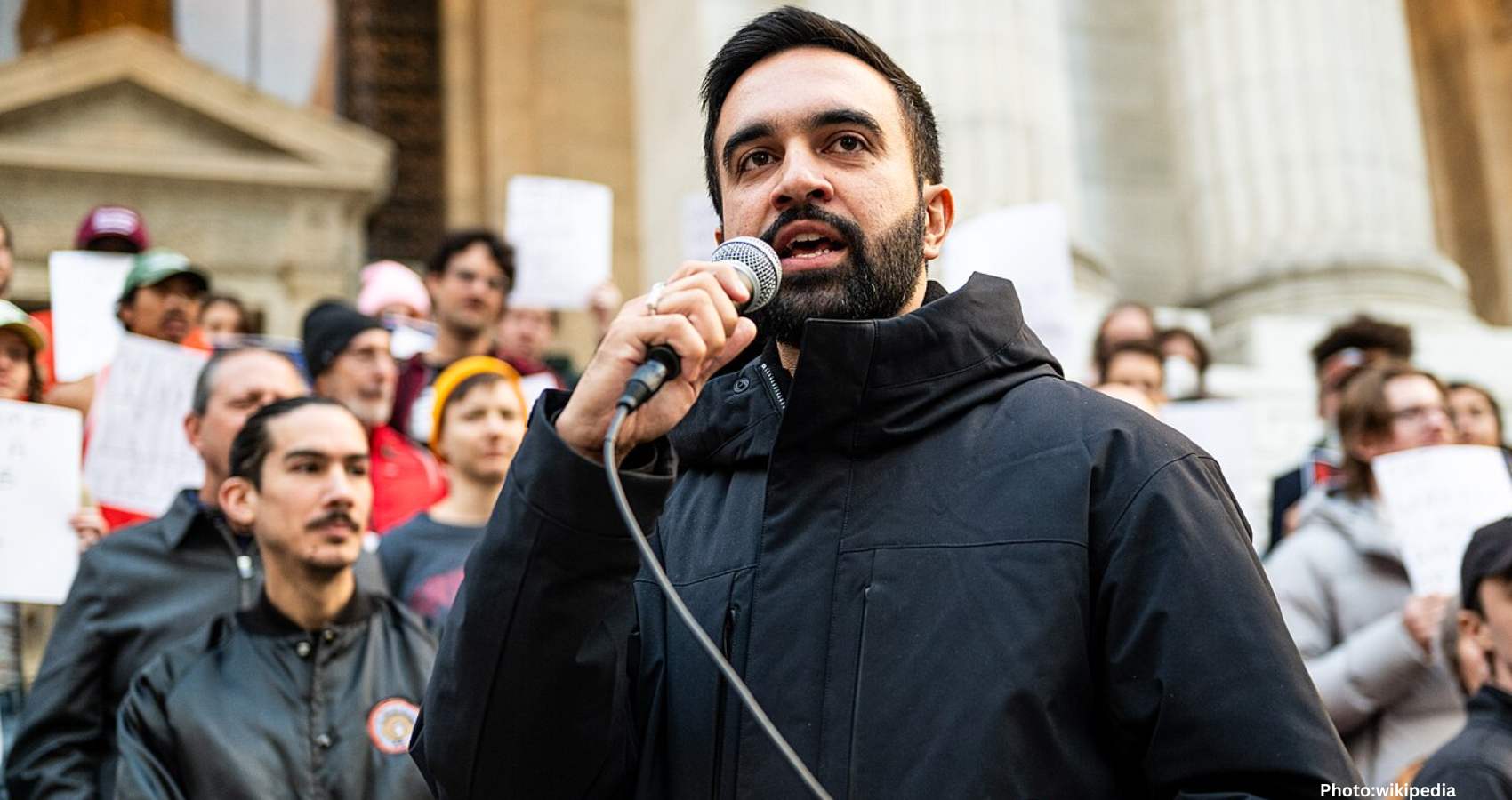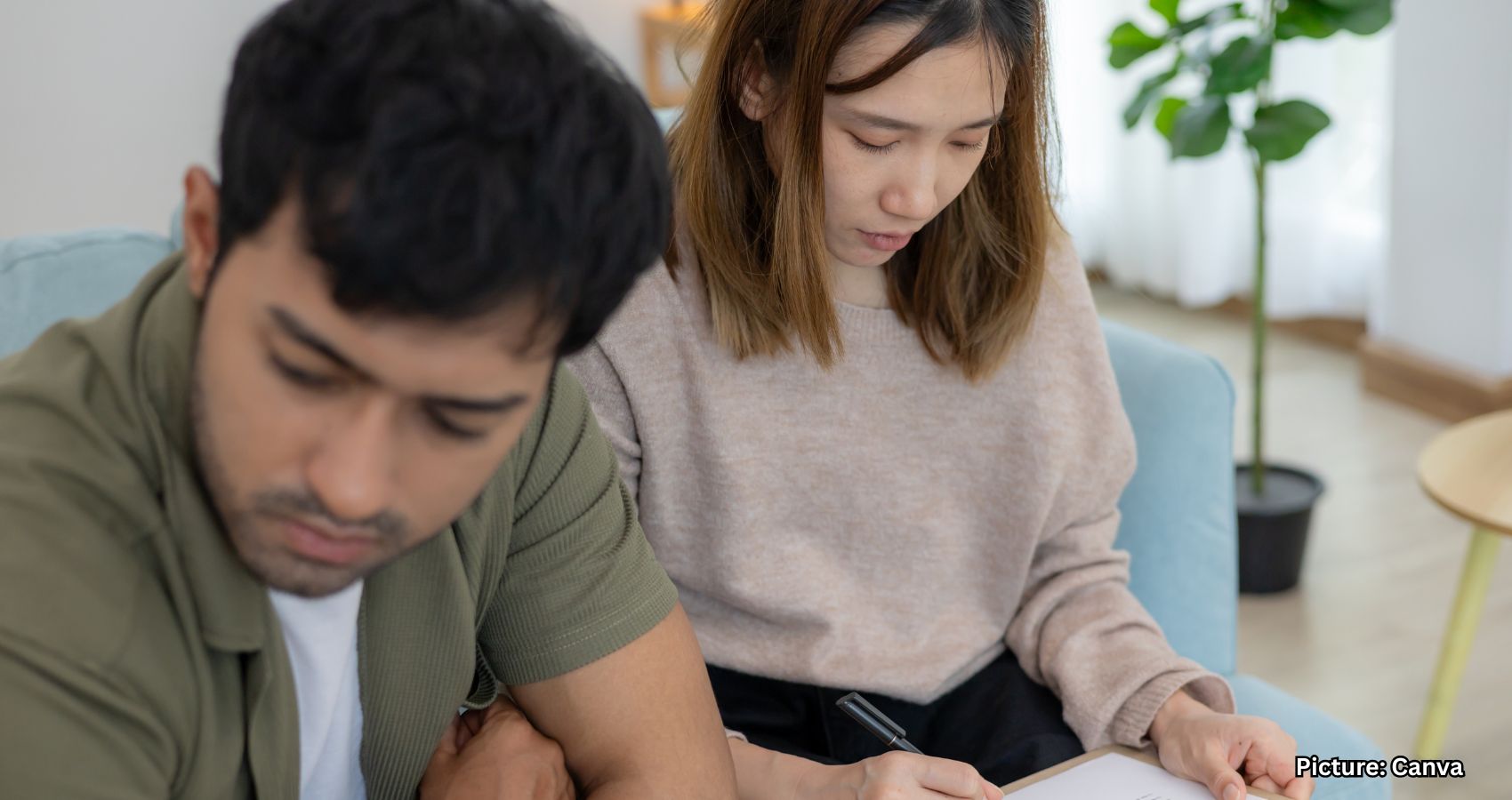John Bartlett, a county commissioner and voting rights attorney, is actively seeking support from Indian American voters in New Jersey’s 11th Congressional District special election.
EDISON, NJ – John Bartlett, a county commissioner and voting rights attorney, is making a concerted effort to engage Indian American voters as he campaigns in the special election for New Jersey’s 11th Congressional District. He emphasizes his personal connections to the community and his commitment to addressing their concerns.
Bartlett’s candidacy follows the election of Rep. Mikie Sherrill as governor of New Jersey, which has created a vacancy in the district and prompted a closely watched special election. “We have a special election coming up on the 5th of February, and a dozen of us are contesting the Democratic primary election,” he stated. “I’m one of those candidates, seeking the opportunity to represent this district in the United States Congress.”
Highlighting his ties to the Indian American community, Bartlett noted that he is “a member of the community by marriage,” as his wife, Dr. Kathy Joshi, is Indian American. “I have learned so much through her,” he remarked, adding that he has spent considerable time in India and has worked to foster relationships with Indian American residents in northern New Jersey.
As a county commissioner in Passaic County, Bartlett prioritized the inclusion of immigrant communities, particularly in terms of language access. During the 2020 census, he led outreach efforts that were conducted “not just in English and Spanish, but also in Arabic and Hindi and Bengali,” reflecting the diverse immigrant population in the county. “When you count everybody, those communities get the resources that they need,” he explained.
Bartlett described New Jersey’s 11th District as home to some of the state’s most prominent Indian American communities, including Parsippany, Livingston, Short Hills, Randolph, and Wayne. “The 11th district is 12 percent Asian American, and more than half of those are Indian Americans,” he said, emphasizing the district’s rich tapestry of Indian American families spanning generations, professions, and immigration experiences.
He acknowledged that Indian American families in the region face various challenges, including visa and immigration issues, racial and religious discrimination, and rising costs for businesses and households. “Having someone who understands that from the inside and who is going to be responsive to those communities in particular is a priority of mine,” Bartlett asserted.
With nearly 25 years of experience as a voting rights lawyer, Bartlett is running for Congress amid what he perceives as increasing threats to civil rights and democratic norms. He criticized the previous Trump administration for “disinvesting in civil rights and voting rights,” stating that voters in his district share these concerns. “We have one chance to make sure that the 2028 presidential election is free and fair,” he said, arguing that electing a voting rights attorney to Congress would help safeguard that objective.
Bartlett also highlighted the political significance of Indian American turnout in a low-turnout special election. “In a special election, if you turn out your base and your supporters, you are going to be the winning candidate,” he explained, encouraging Indian American voters to participate through early voting, vote by mail, or in person on primary day, February 5.
On policy issues, Bartlett underscored his support for healthcare, immigration reform, and strengthening U.S.-India relations. He advocates for reviving the idea of a public healthcare option and criticized existing policies that he claims have increased costs for families. He also pointed to tariffs and visa restrictions as detrimental to Indian American businesses and families. “We need somebody who understands the real human meaning of all that work,” he said, referencing the impact of tariffs on Indian American business corridors such as Oaktree Road in Edison and Newark Avenue in Jersey City.
Calling India “one of the most vital American relationships around the world,” Bartlett emphasized the need for Congress to invest more deeply in economic and people-to-people ties between the two nations, rather than pursuing policies that complicate immigration and trade.
“This election on February 5th is a chance for the Indian American community to show its power, to show its political influence, and to make something really special happen,” he remarked.
The special Democratic primary is set for February 5, with early voting taking place from January 29 through February 3. The special general election is scheduled for April 16. New Jersey’s 11th District has been represented by Democrats in recent years and is considered a crucial suburban seat in the state’s political landscape, according to IANS.


